WHAT IS HEADLESS SHOPIFY? 5 KEY PROS & CONS OF HEADLESS SHOPIFY







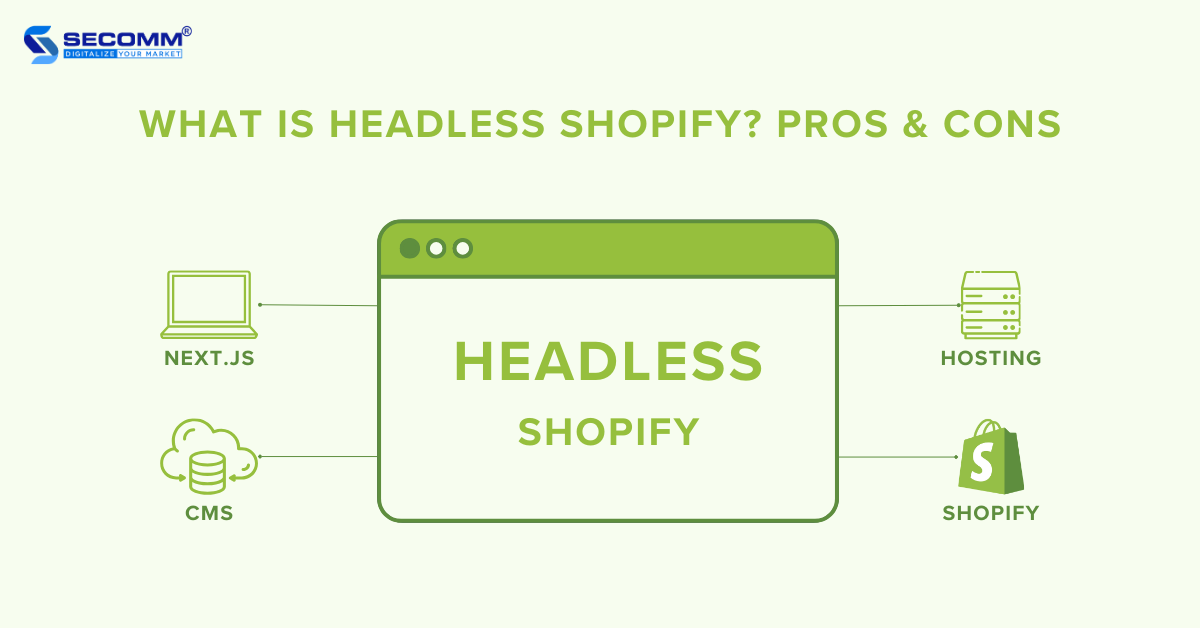
eCommerce is undergoing a revolution, where businesses no longer need to strictly bind to traditional eCommerce models like Monolithic Commerce. Instead, they can create distinctive and adaptable customer experiences across a variety of digital channels through a methodology known as Headless Commerce.
Headless Commerce involves the separation of the frontend and backend of an eCommerce website. This allows the backend to transmit content through APIs to diverse frontends, including websites, mobile apps, IoT, POS, and more. Headless Commerce also gives you greater flexibility in customizing frontends compared to monolithic systems.
Learn more: Monolithic, Headless, Composable or MACH artchitecture
Among the prominent eCommerce platforms today, Shopify stands out with numerous effective solutions for headless deployment. This article on Headless Shopify delves into the concept, advantages and disadvantages, and solutions, and offers insights to help determine whether it is a suitable fit for every business.
What is Headless Shopify?
It is a way to build an eCommerce website using Shopify but separate the frontend (user interface) and backend (product management, order processing, payment system).
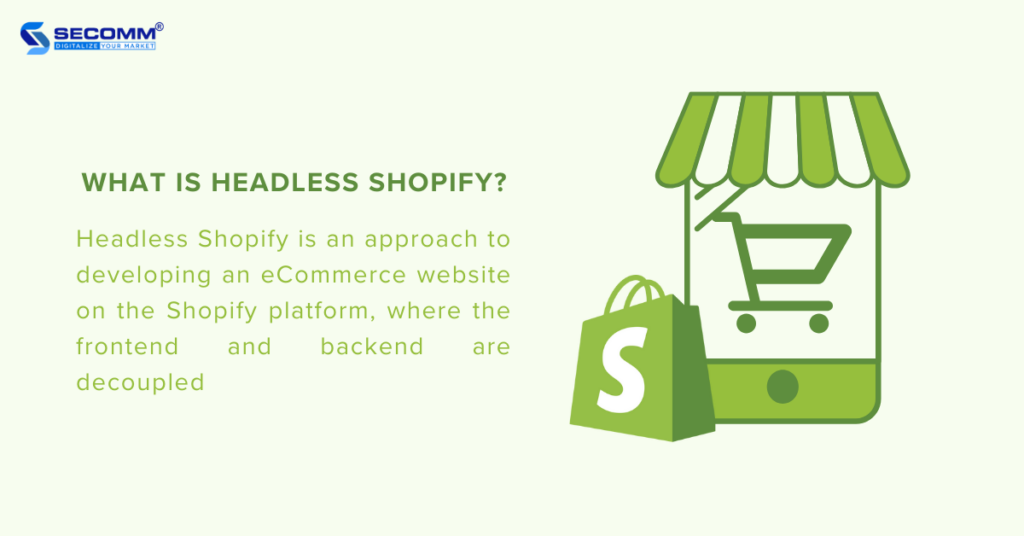
With this headless solution, businesses have the flexibility to use their preferred content management system (CMS) or frontend technology and then connect it to Shopify’s backend through the Storefront API.
Key features of a Headless Shopify store include:
- Frontend: The freedom to utilize and customize preferred frontend technologies, such as HTML, React, Vue.js, to enhance the user experience.
- Backend: Shopify handles the “commerce” aspects of the store, including product management, orders, payments, shipping, and more.
- Headless CMS: Integration of Headless CMS platforms like Contentful, Storyblok, Builder.io to store and distribute content data.
Learn more:
Pros of Headless Shopify
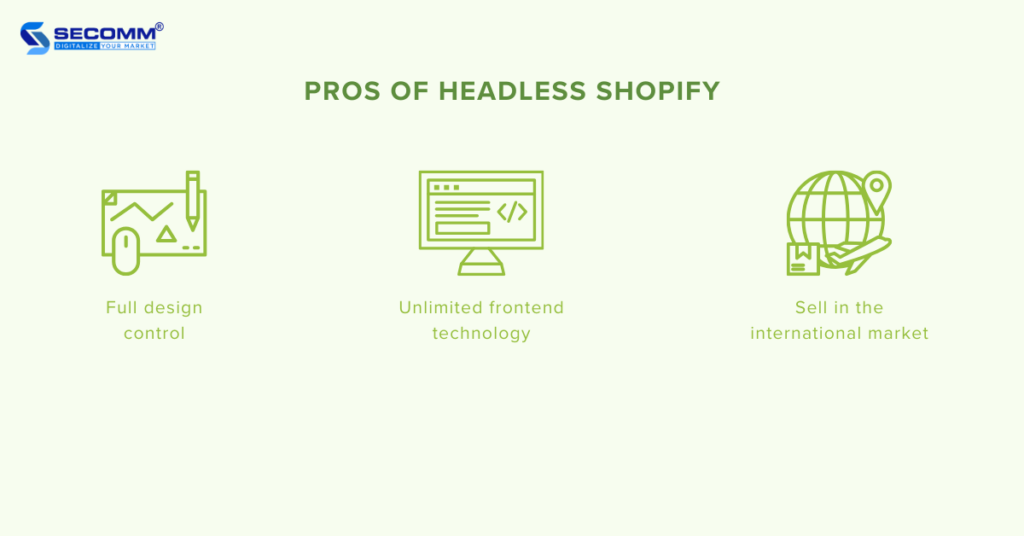
- Full design control
Headless Shopify provides extensive customization for interface design and personalized user experiences. While the themes, including both free and premium options, boast attractive and modern designs with diverse choices for various business niches, these themes still come with constraints in terms of customization and features.
By using it, you can maximize customization for both interface design and user experience, creating a unique identity and enhancing your competitive edge.
- Unlimited frontend technology
It imposes no limitations on the type of devices or platforms that can display content. Content created and managed on the backend system can be displayed on any device or platform that the business desires.
In other words, content data from the Headless Shopify system is distributed in API format to various modern frontend technologies, such as websites, mobile apps, IoT, POS, etc. This facilitates the distribution of user-tailored content across different devices and platforms, ensuring seamless and optimized multichannel selling.
- Sell in the international market
With Headless Shopify, you can customize frontend interfaces, integrate Headless CMS, and incorporate local payment systems to distribute content and provide a shopping experience tailored to users in each market. This customization includes aspects such as domain, language, currency, payment gateways, and local payment methods.
Plus, you can leverage the Shopify Markets solution, which offers a full range of features, both basic and advanced, enabling you to expand your reach globally.
Cons of Headless Shopify
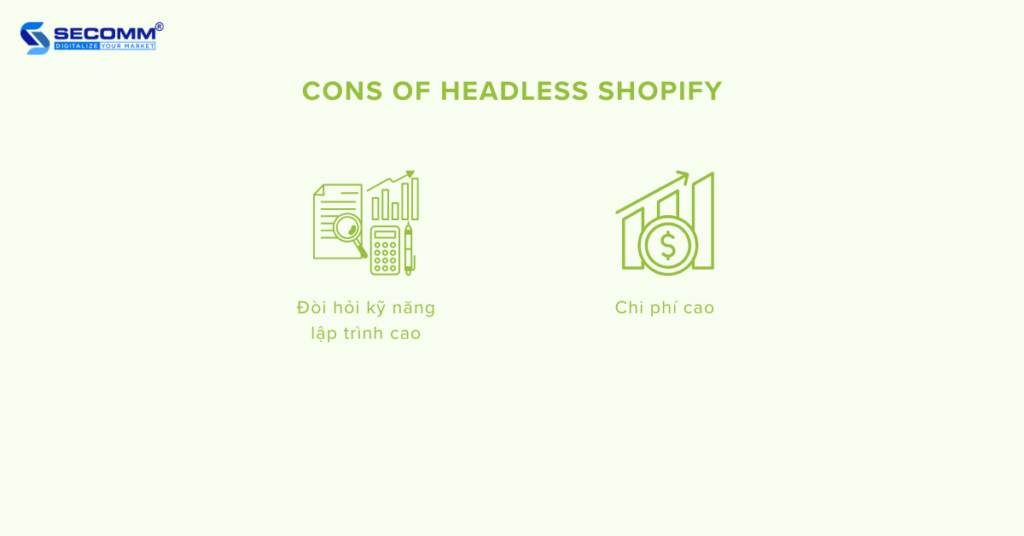
- Requires high programming knowledge and skills
Traditionally, Shopify has provided businesses with a ‘Plug-and-play’ solution, meaning that applications or utilities can be integrated into an online store and activated for easy use without the need for complex programming.
However, The headless solution provides you with advanced customization and scalability, requiring a higher level of technical expertise and complexity.
To address this challenge, you can partner with specialized developers like SECOMM for tailored guidance throughout deployment. These experts can provide insights on the recommended customizations to enhance system performance and user experience.
- High cost
When deploying Headless architecture, there are three types of fees to consider: platform fees, development fees, and maintenance fees.
- Platform fees: Using the platform, Headless CMS, or third-party platforms (ERP, PIM, CRM) incur monthly fees determined by each platform’s regulations.
- Development fees: The cost you need to pay to collaborate with a development agency for Headless Shopify implementation ranges from $150,000 to $500,000 per project. Payments can be made in installments based on the agreement with the development agency.
- Maintenance fees: Monthly maintenance fees, ranging from $100,000 to $150,000, are necessary for businesses to pay to the development agency.
As deploying Headless Commerce requires high technical expertise, the development cost will be significantly higher than implementing a Monolithic Commerce model.
Moreover, going Headless with SaaS platforms such as Shopify or CMS, ERP, PIM, and CRM requires monthly payment fees, making cash flow management challenging due to the potential fluctuations in platform usage, affecting monthly expenses.
Learn more:
- What is Headless CMS?
- On-premise vs On-cloud CRM
- 10 Enterprise CRM Software (P1)
- 10 Enterprise CRM Software (P2)
Ways to deploy Headless Shopify
Throughout the evolution of eCommerce technology, Shopify has accurately anticipated and provided solutions to meet the deployment needs of businesses worldwide.
Notably, the trend of adopting Headless Commerce has been shaping the global landscape for several years, and Shopify has offered outstanding solutions for businesses to implement Headless based on its platform infrastructure.
- Storefront API: It is a GraphQL-based API, enabling you to connect your frontend website to Shopify’s backend seamlessly, facilitating easy access to eCommerce data and functionality.
- Hydrogen + Oxygen: This exceptional solution includes the Hydrogen framework based on React and the Oxygen hosting. It helps you build Headless Commerce websites rapidly and efficiently.
- Commerce Components: This innovative tech stack, designed specifically for large enterprises adopting Headless Commerce or Composable Commerce, allows you to integrate independent ‘components’ to customize and enhance the eCommerce experience.
Brands deploy Headless Shopify successfully
- Victoria Beckham Beauty
The beauty brand Victoria Beckham Beauty was launched in 2019, aiming to provide an optimal user experience across multiple global markets with high performance. To achieve this, the company deployed Headless Shopify Plus to manage products, orders, and payments.
It integrated Contentful as a Headless CMS to store and distribute content data to frontends, including the website and mobile app, through the Storefront API.
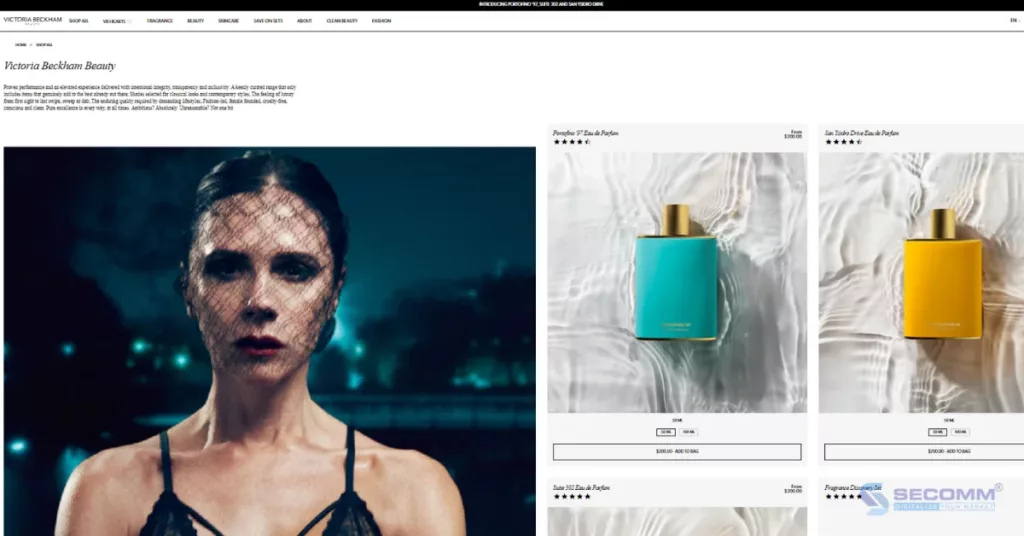
- Paul Valentine
Since its establishment in 2015, Paul Valentine has become a major global jewelry brand with over 12 local stores, each with its dedicated sub-domain, to cater to diverse user demographics.
To streamline content management for these 12 stores within a centralized system, Paul Valentine has developed a Headless eCommerce website using the Vue.js framework on the Shopify Plus platform for backend management.
The Headless CMS platform, Contentful, is seamlessly integrated into the Shopify Plus backend system, enhancing the efficiency of content management and distribution across the interfaces of the 12 local stores, spanning both the website and mobile app through the Storefront API layer.
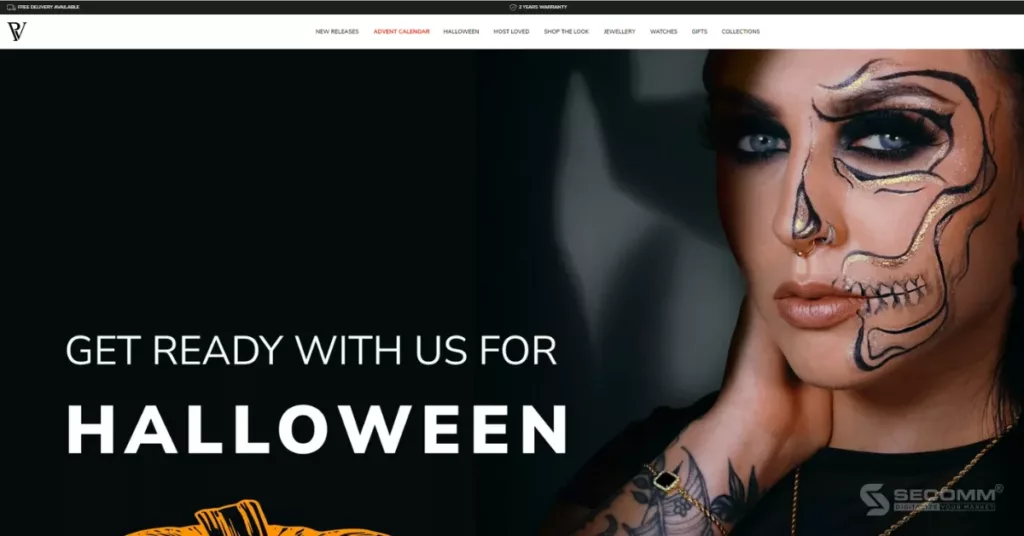
- Vinamilk
To meet the requirement of integrating an eCommerce website and a corporate information website into a unified user experience, SECOMM has supported Vinamilk in restructuring the system with a Headless architecture. Shopify Plus manages the ‘eCommerce’ aspect, while a Headless CMS platform is utilized for storing, managing, and delivering content to user interfaces. This results in a comprehensive custom Headless Commerce + Headless CMS model.
Learn more: 15 brands deploy Headless Commerce with Shopify Plus

Does Headless Shopify suit all types of businesses?
The answer is no.
While both the core and the Plus can implement Headless Commerce, the high flexibility of Shopify Plus makes the process easier, especially when utilizing the Headless solutions.
In essence, headless architecture is better suited for businesses with high demands for flexibility, customization, and scalability, as well as a desire for uniqueness to craft a diverse and seamless customer experience. If your business simply wishes to engage in straightforward online selling, core Shopify is sufficient.
On the other hand, for those seeking a balance between flexibility and stability, Plus is a viable option.
With a wealth of experience going headless for major enterprises like Vinamilk and Suzuverse, SECOMM boasts a highly skilled technical team with deep expertise in Shopify and the execution of Headless solutions on this platform.
Contact or call SECOMM’s hotline directly at (028 7108 9908) to receive advice on deploying Headless Shopify that is suitable for each business model. The team will also provide a detailed development roadmap divided into different stages.






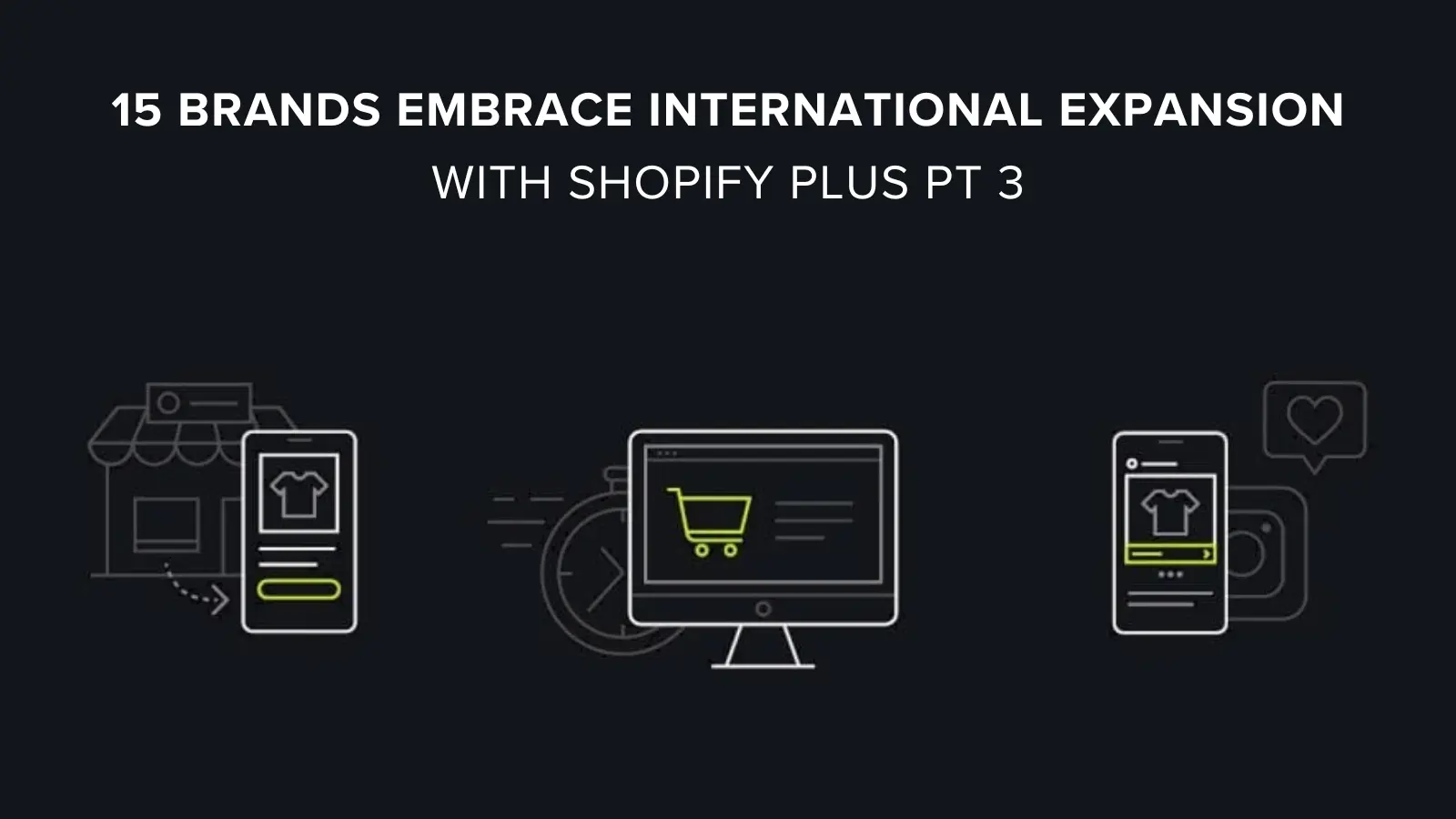
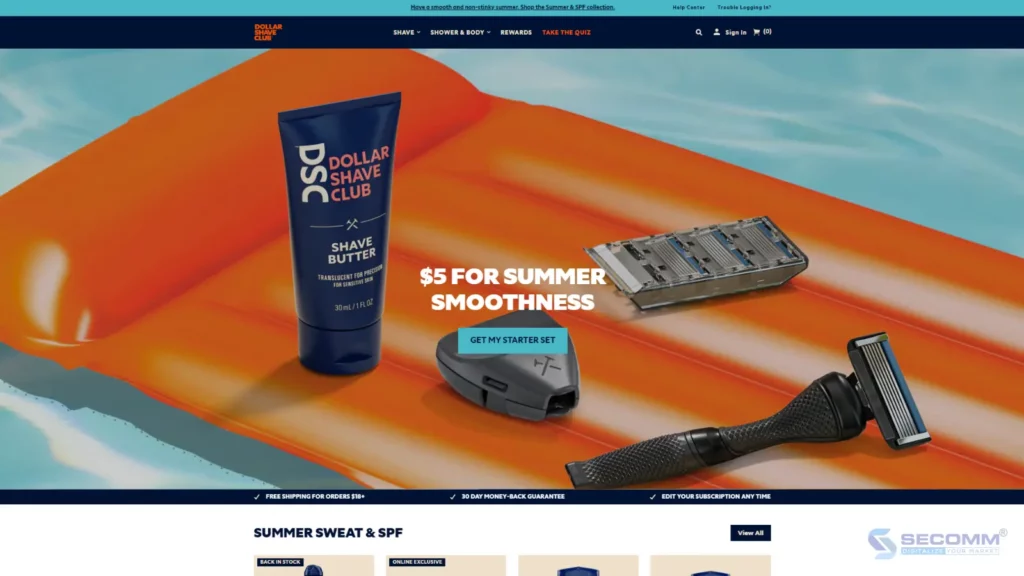
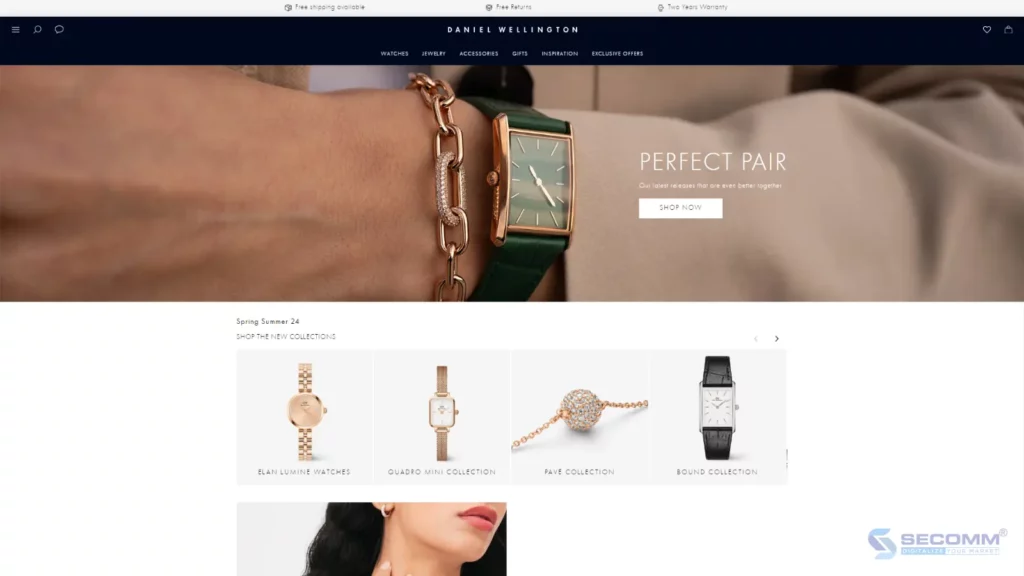
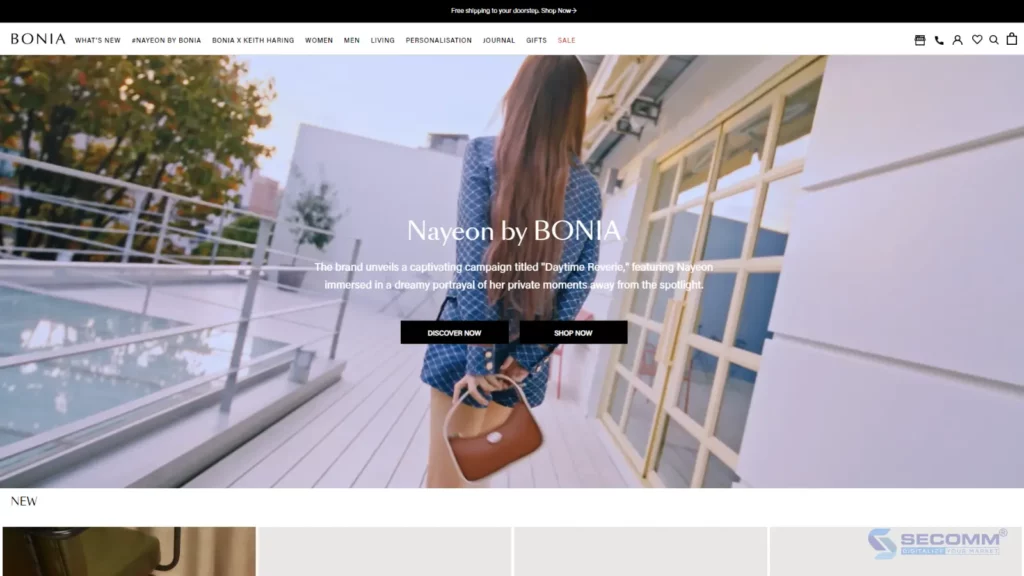
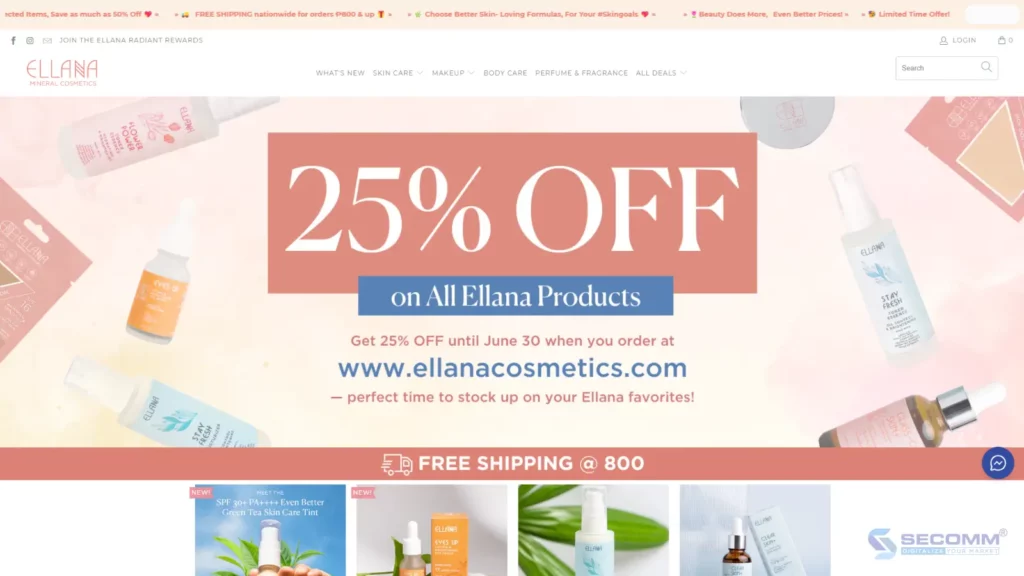
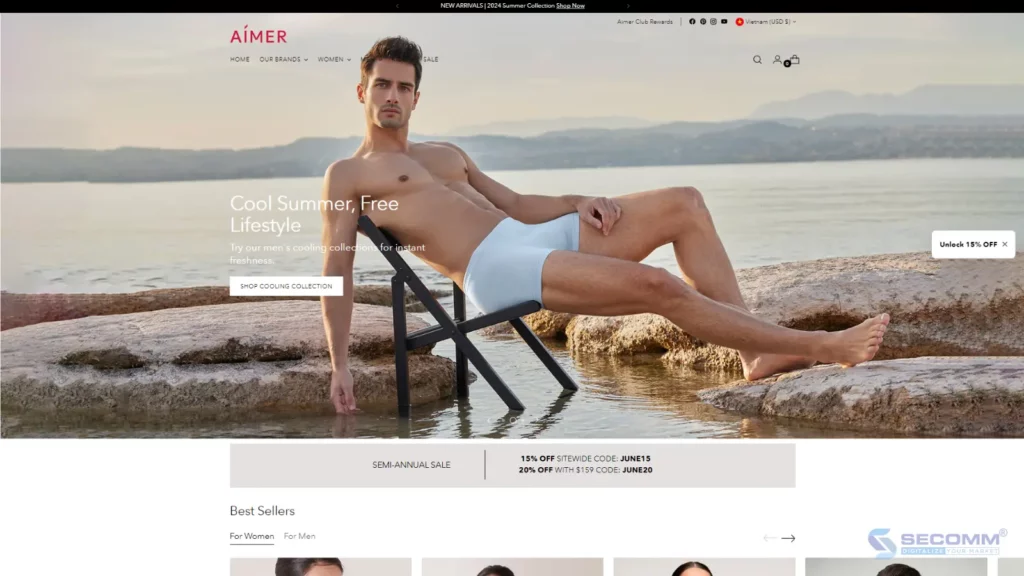
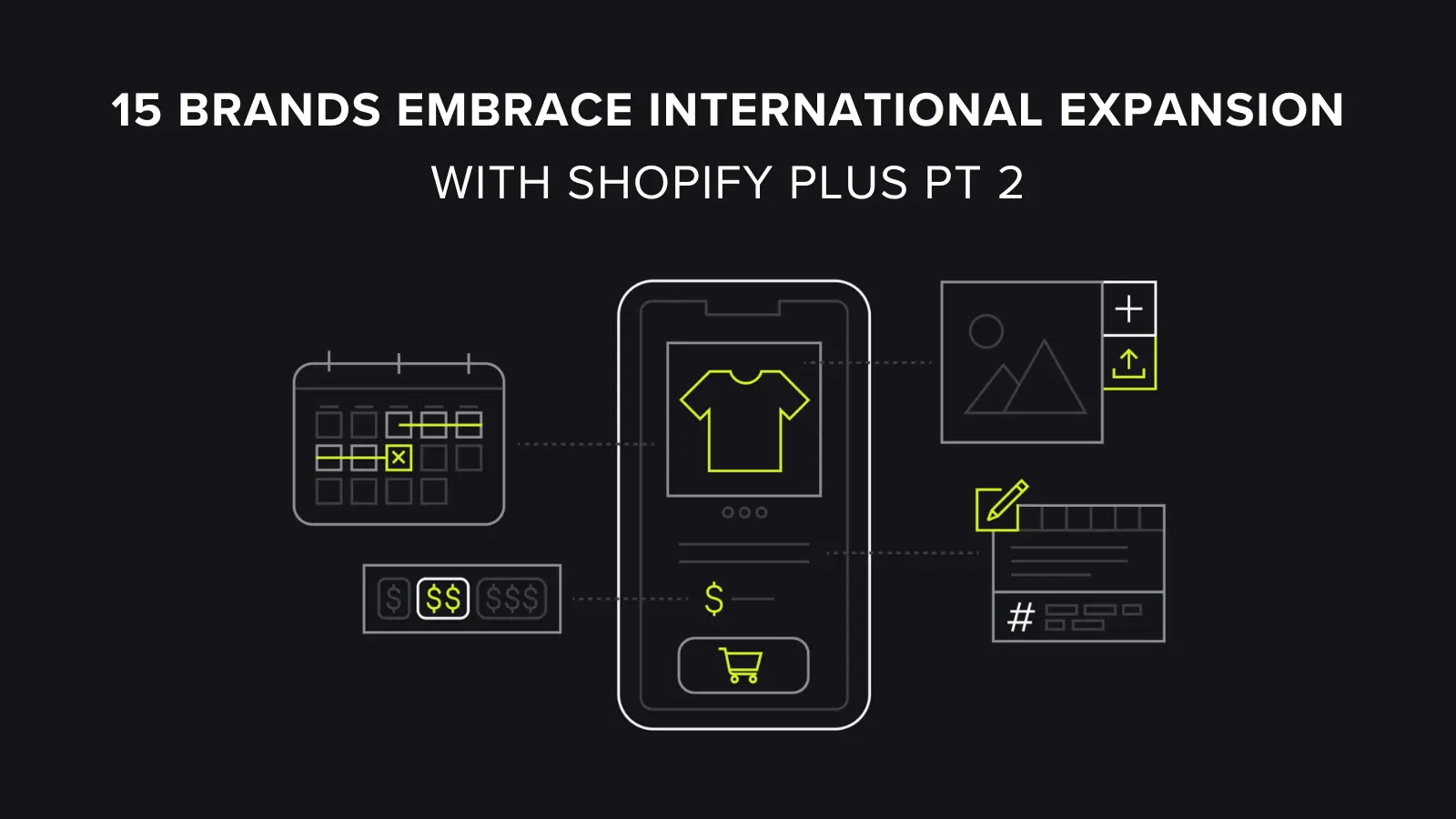
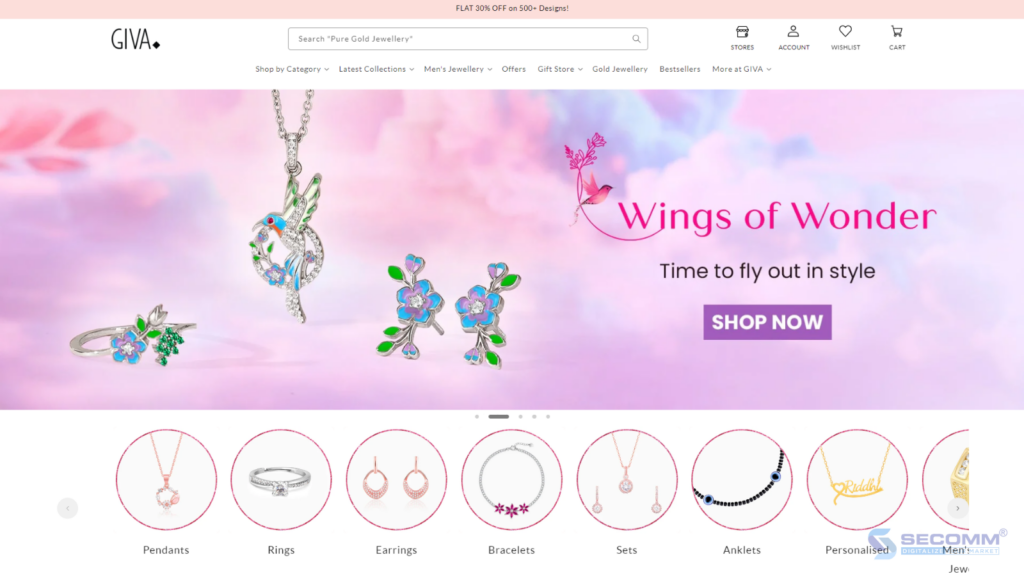
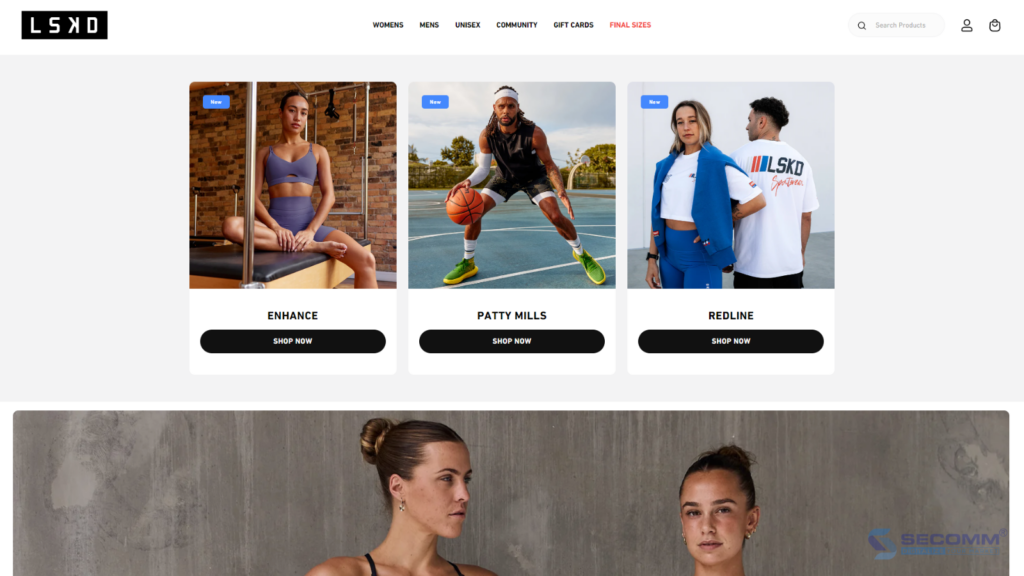
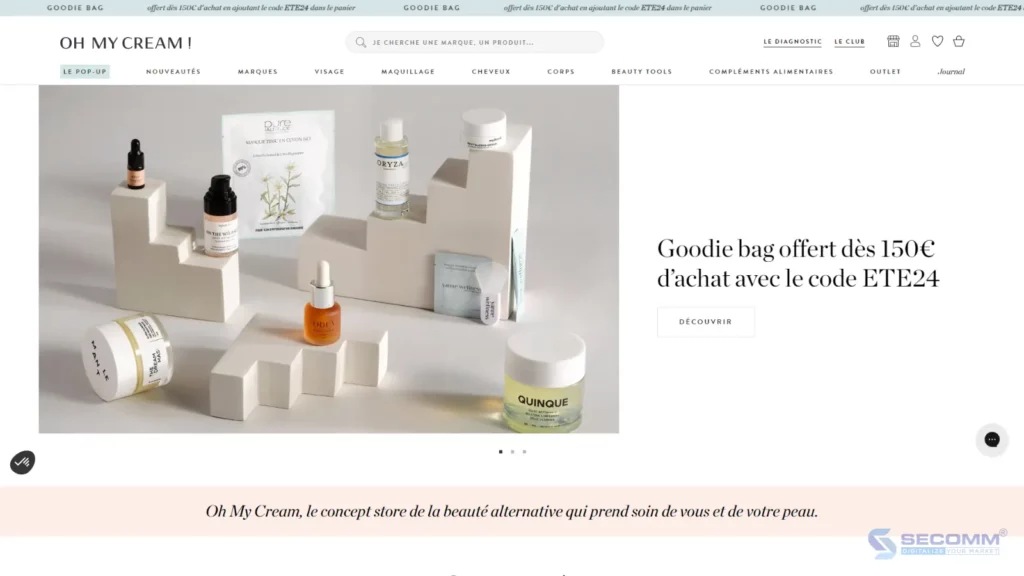
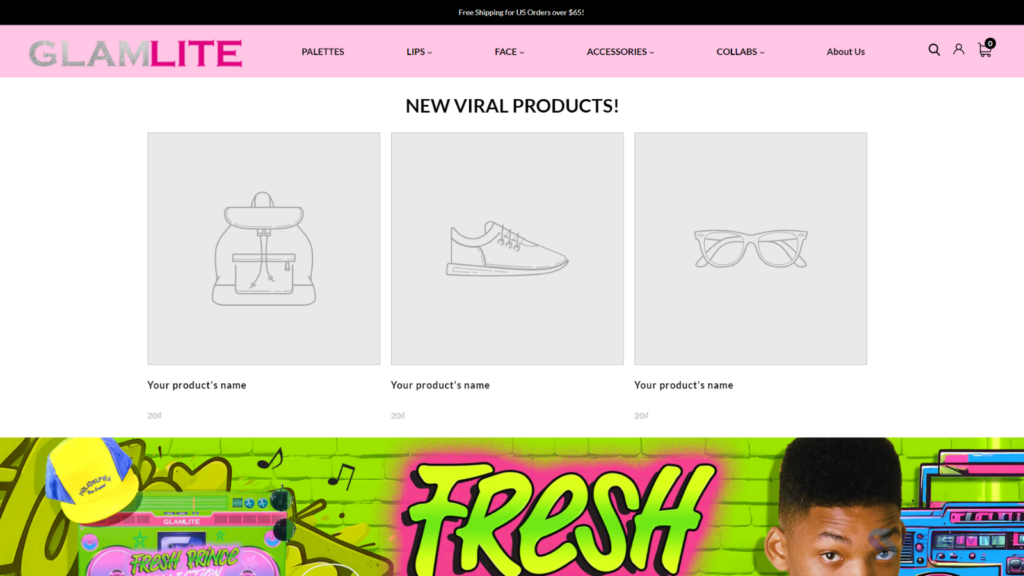
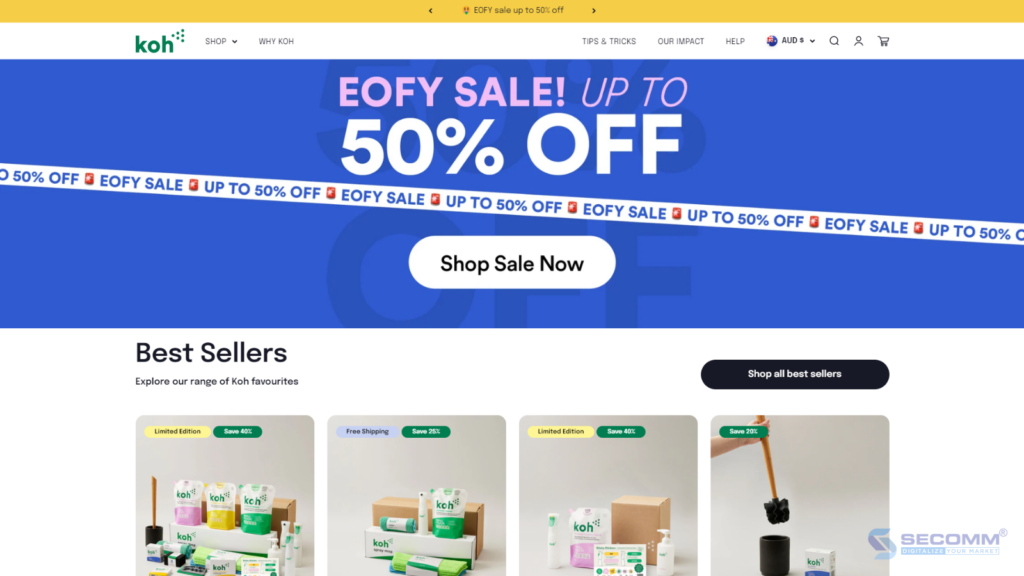
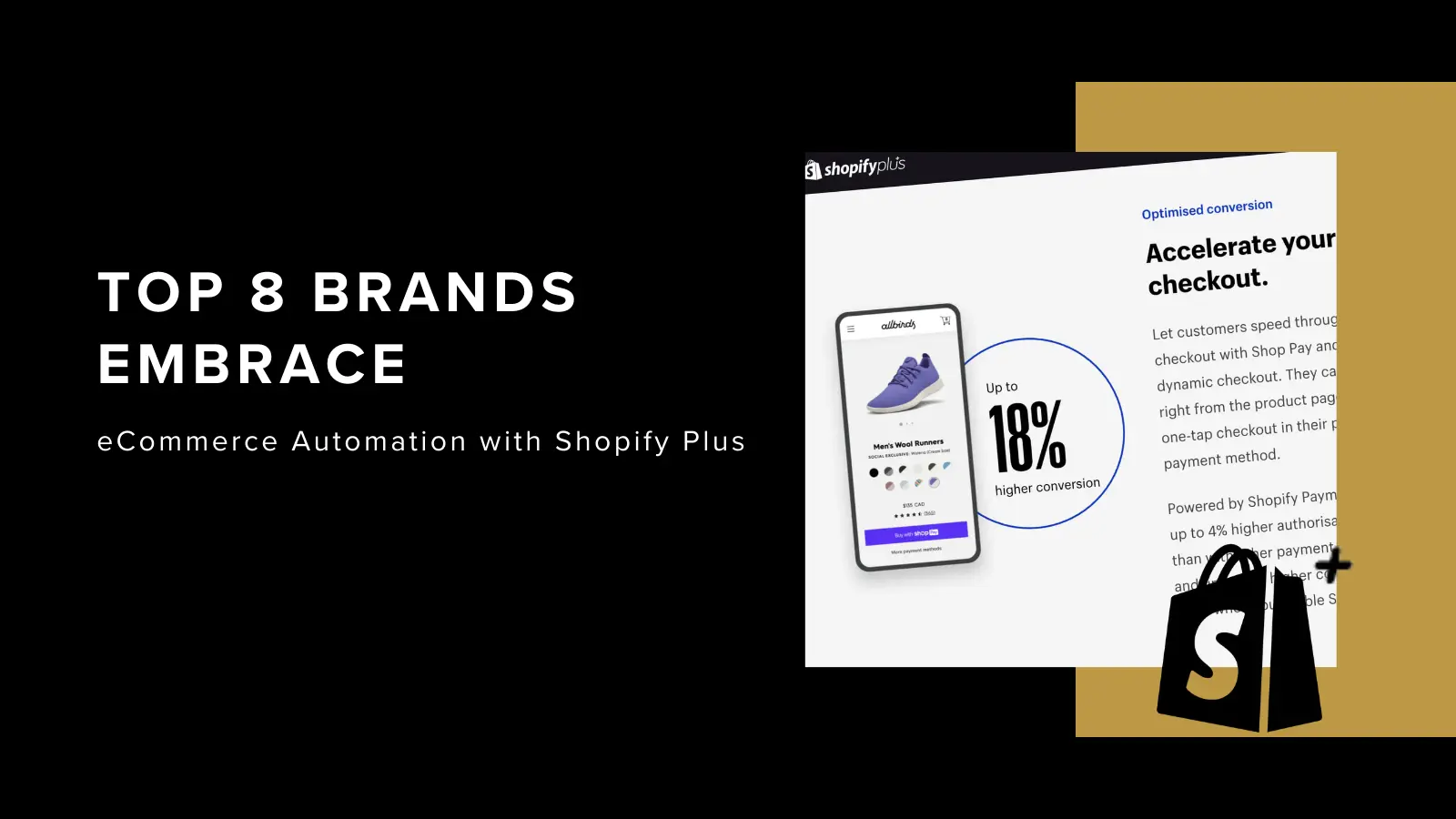








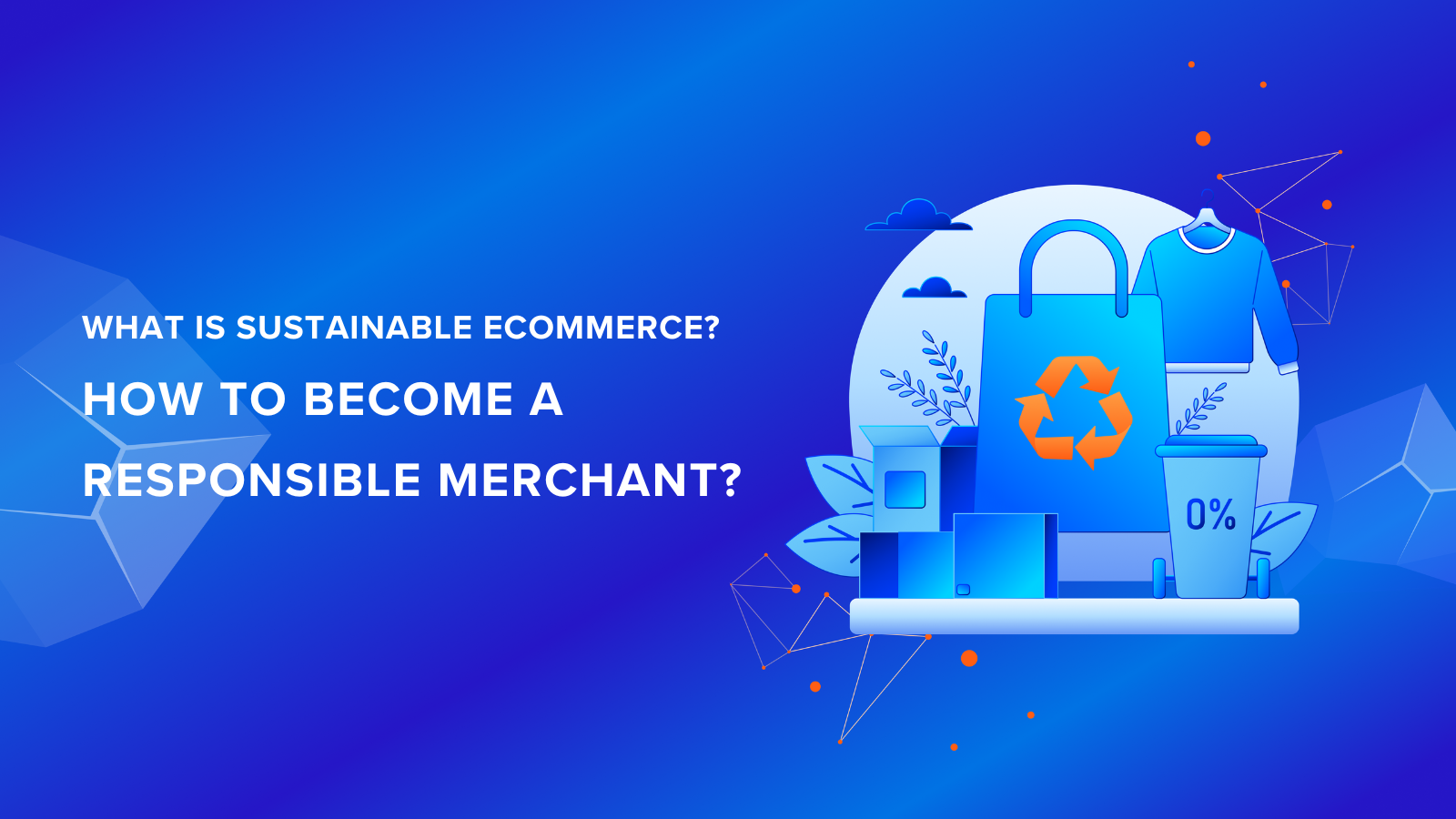
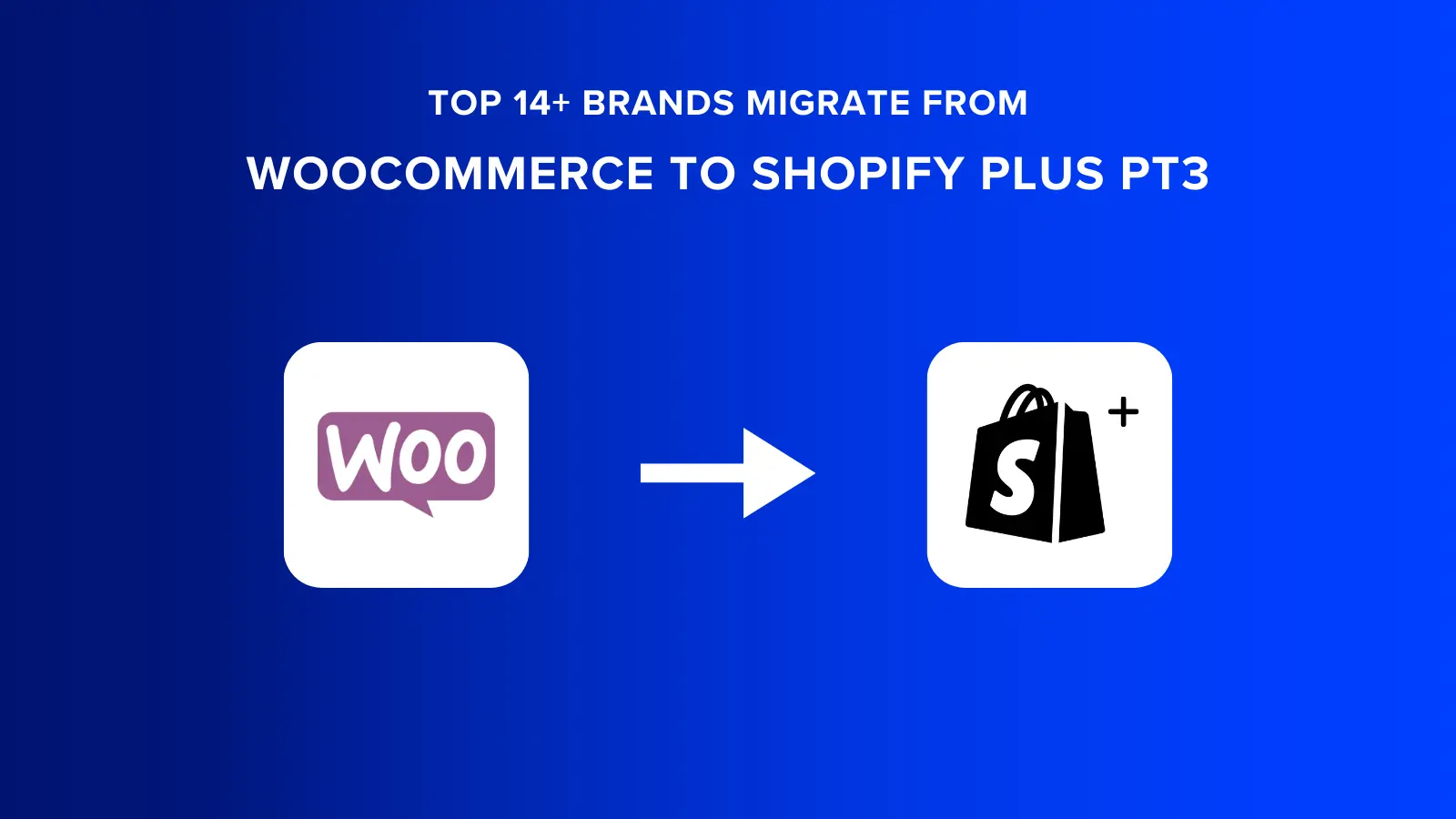
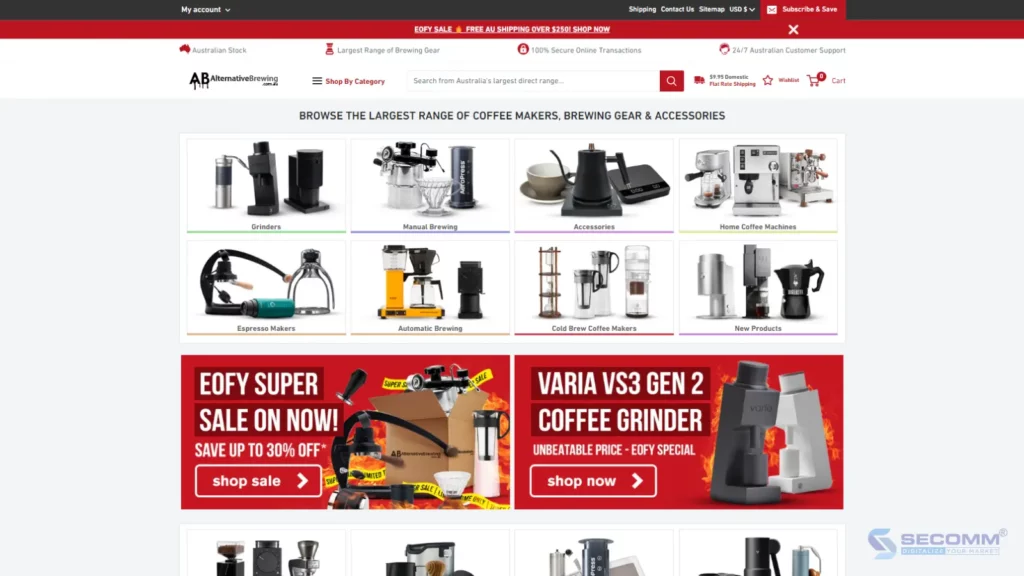
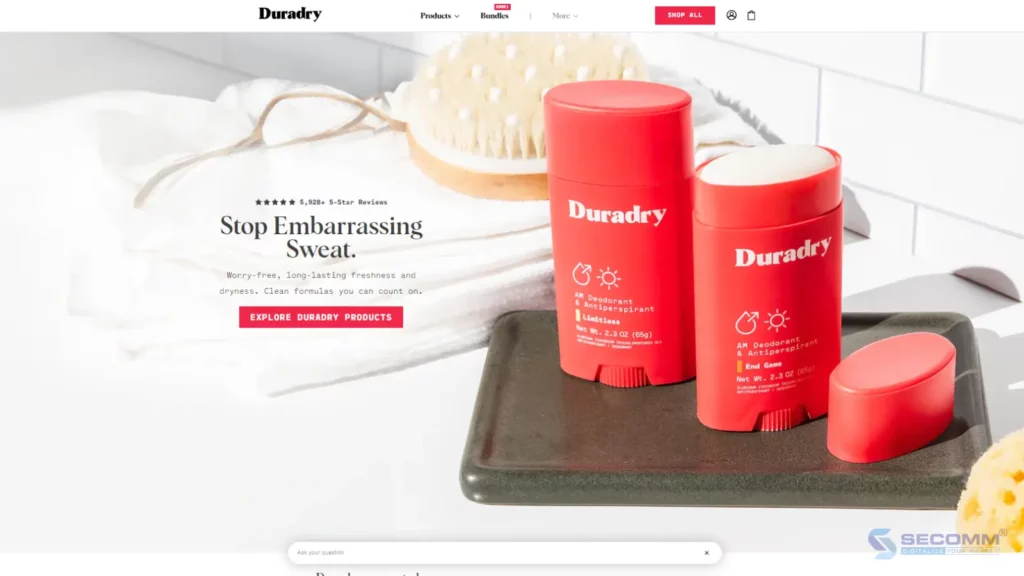
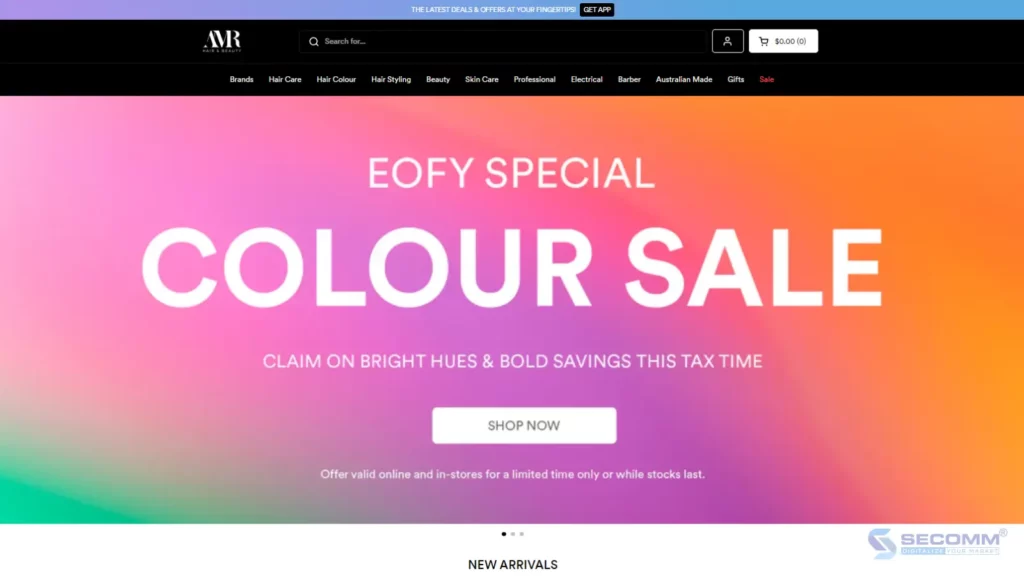
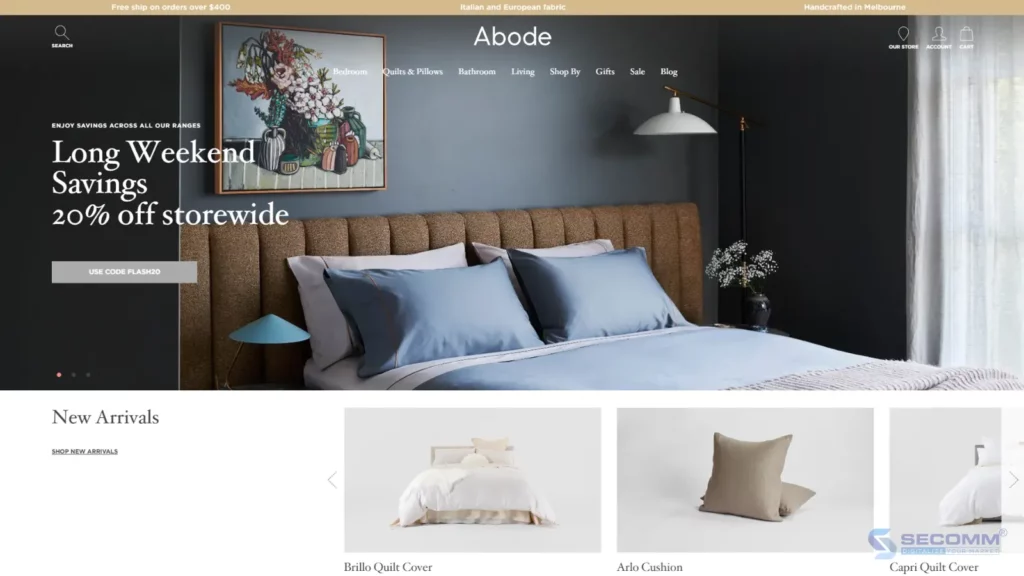
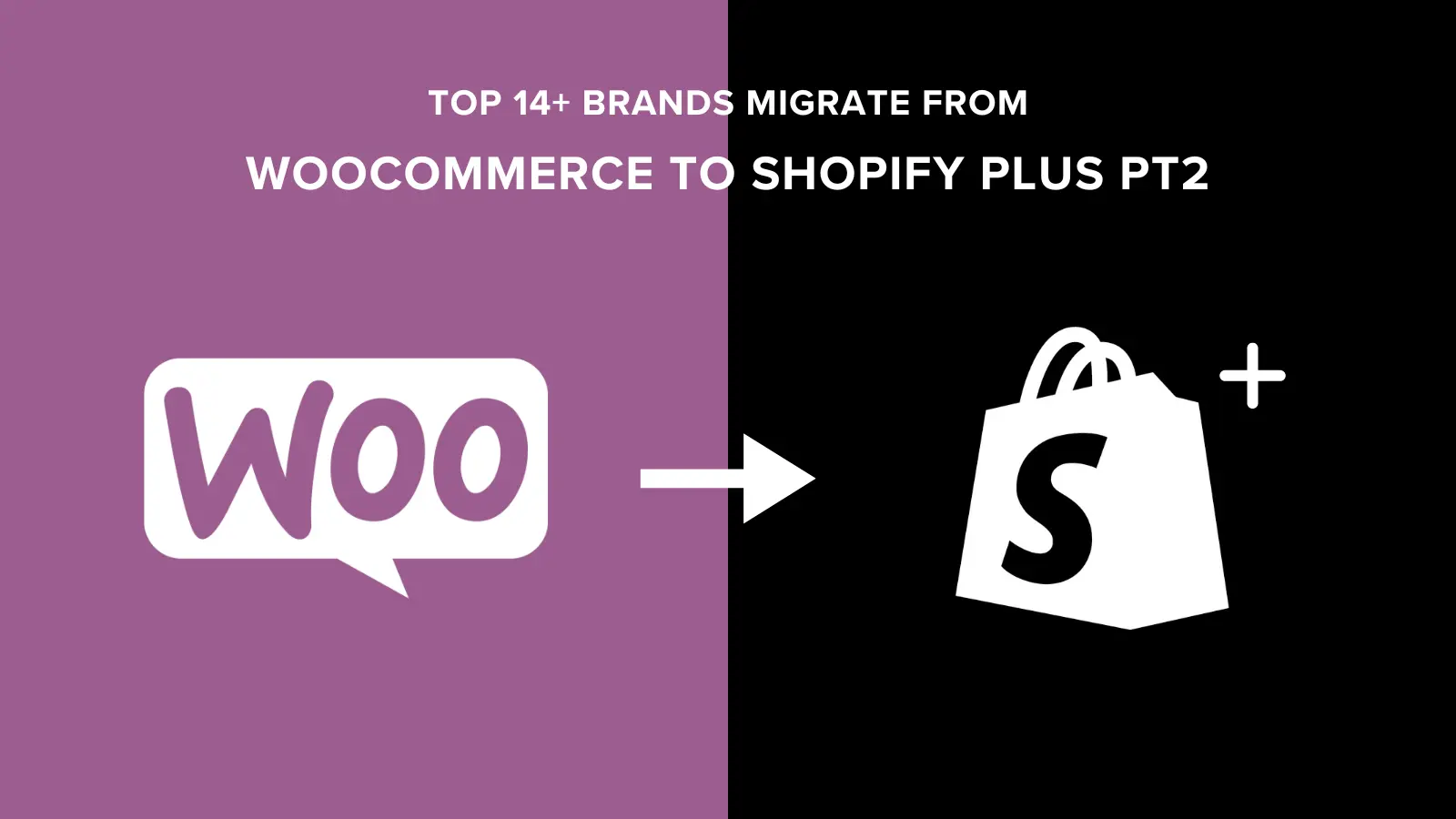
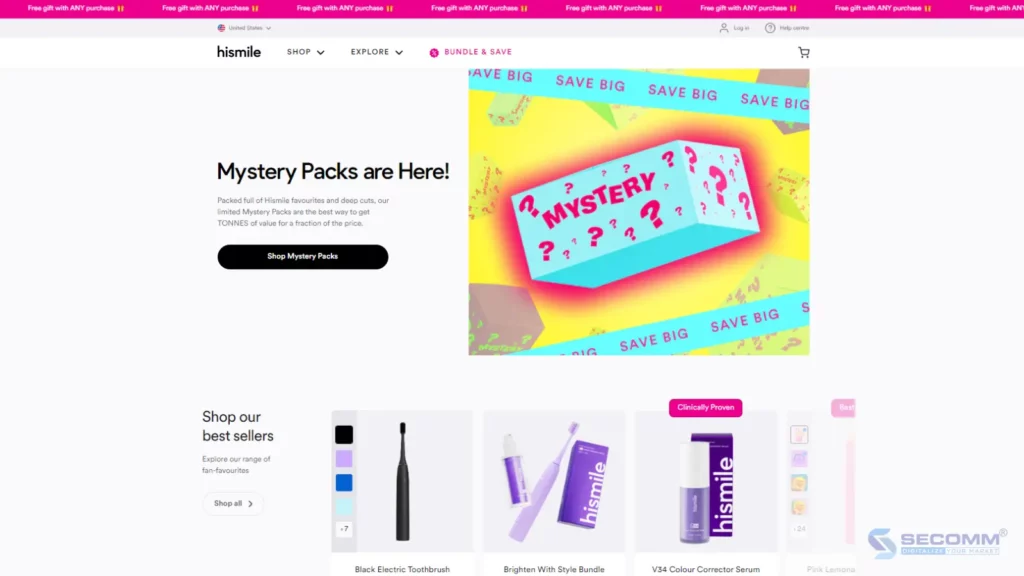
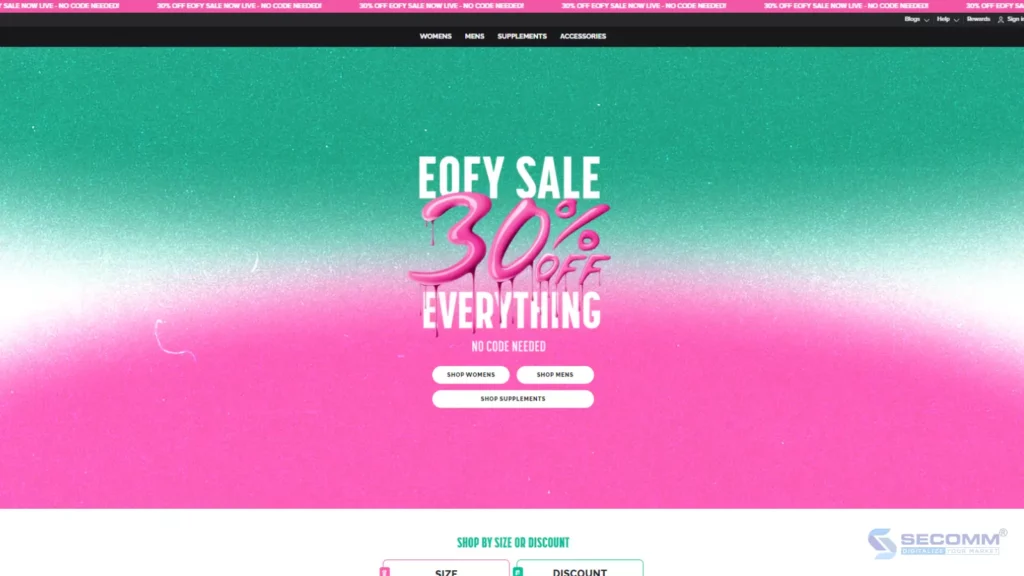
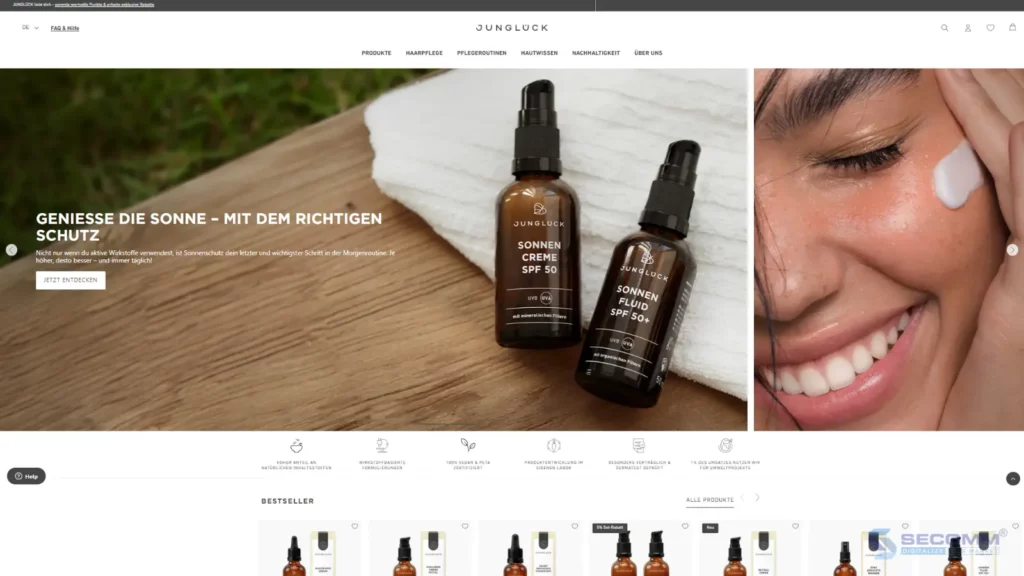
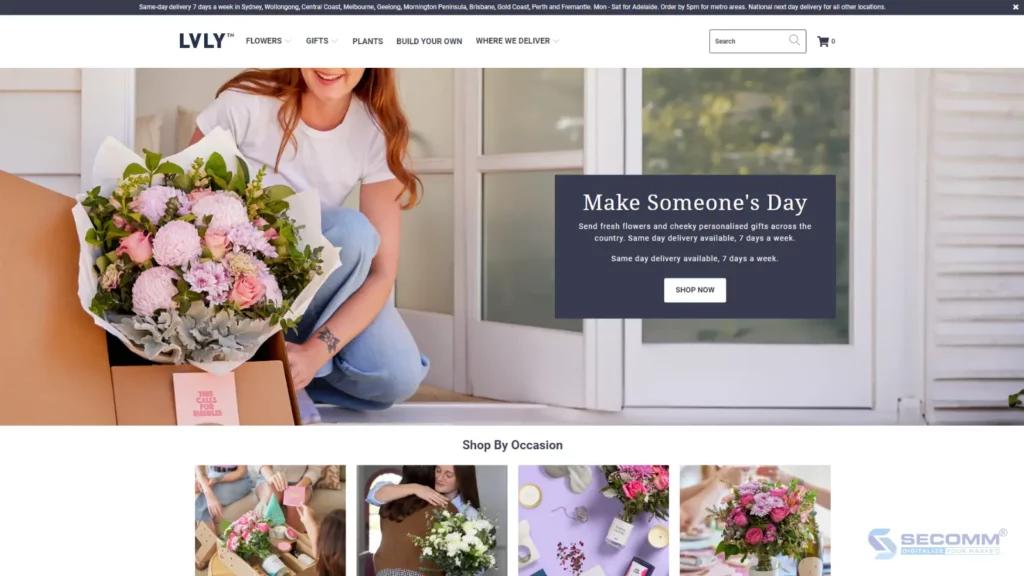

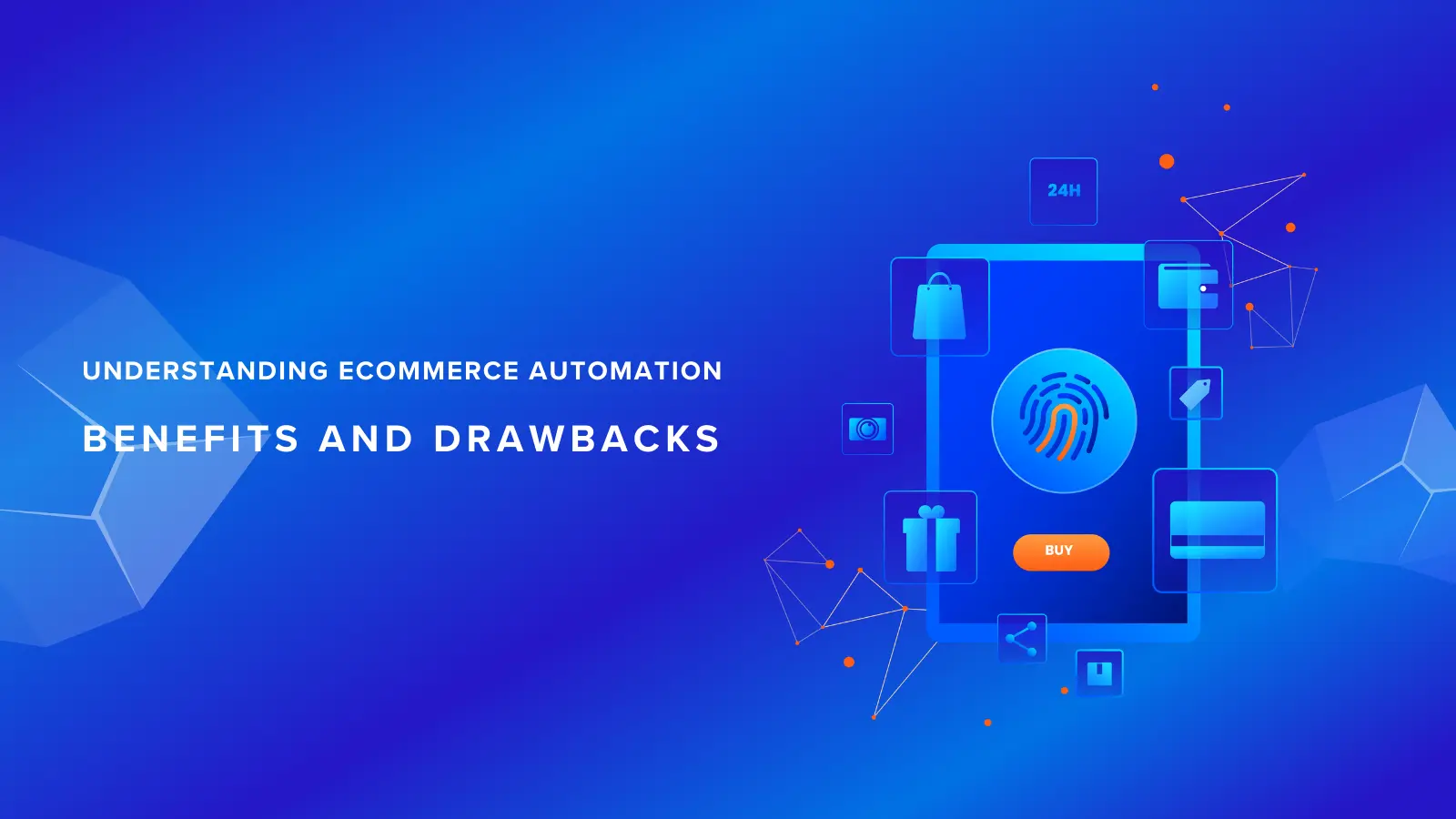
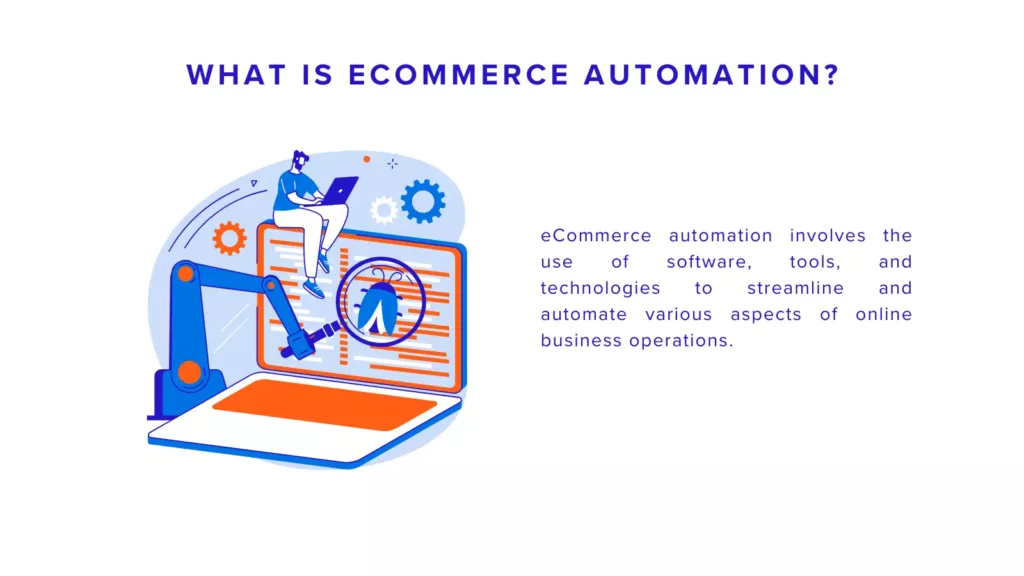
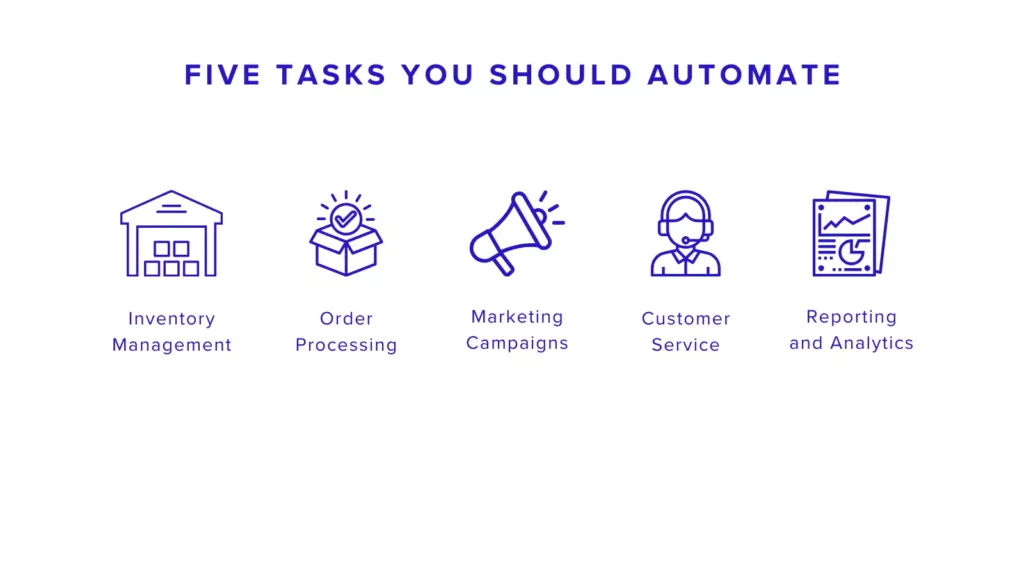
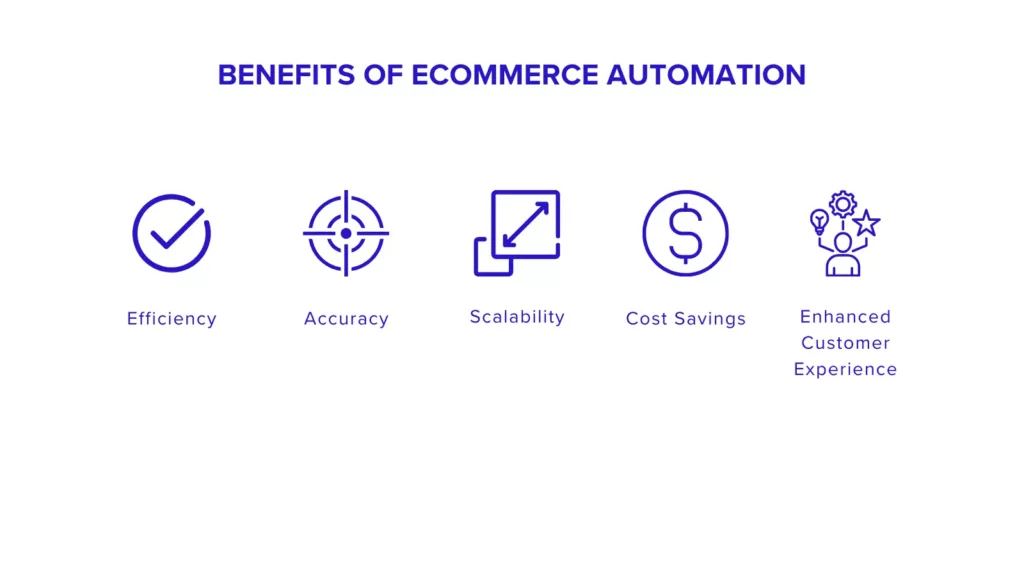
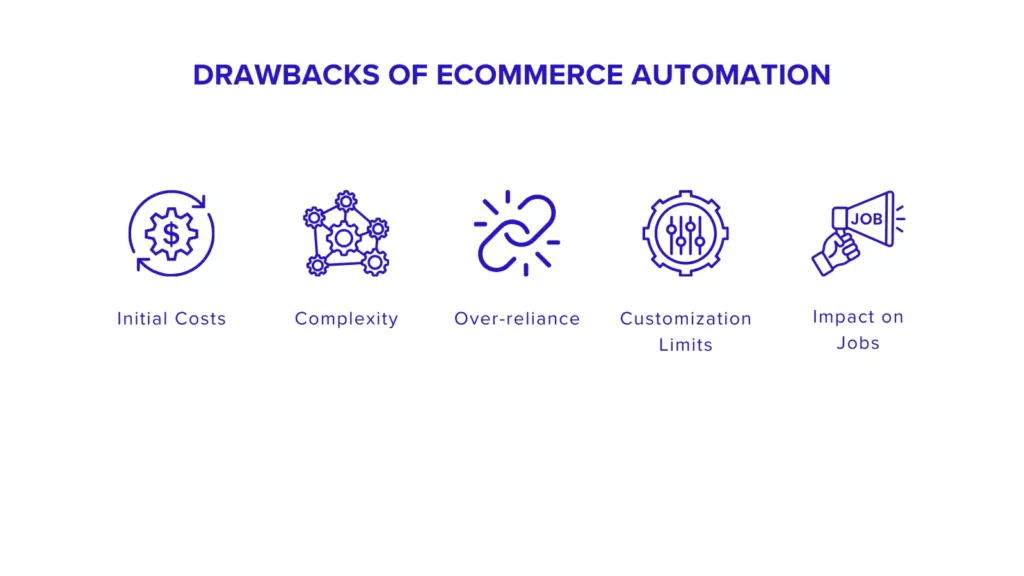
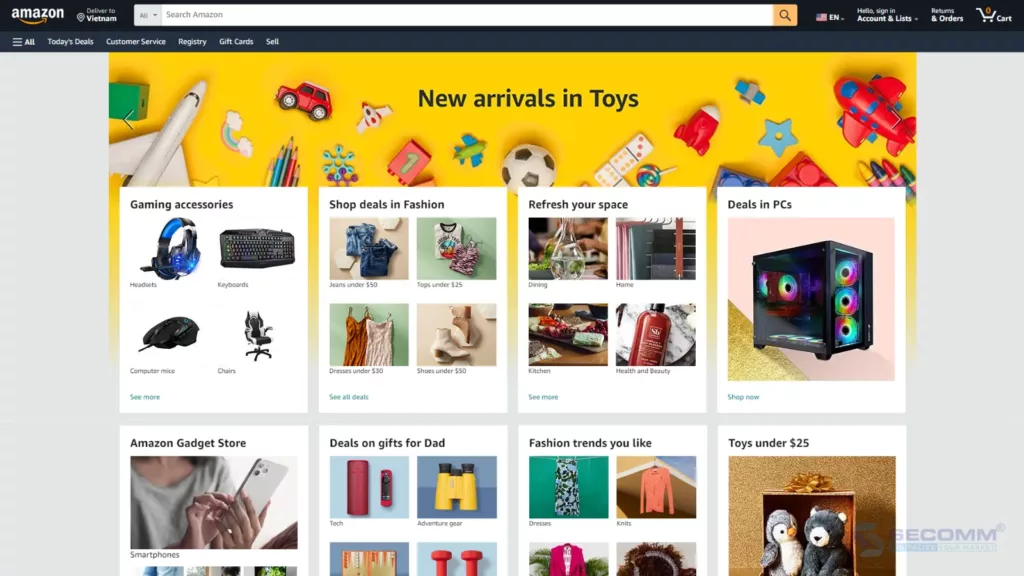
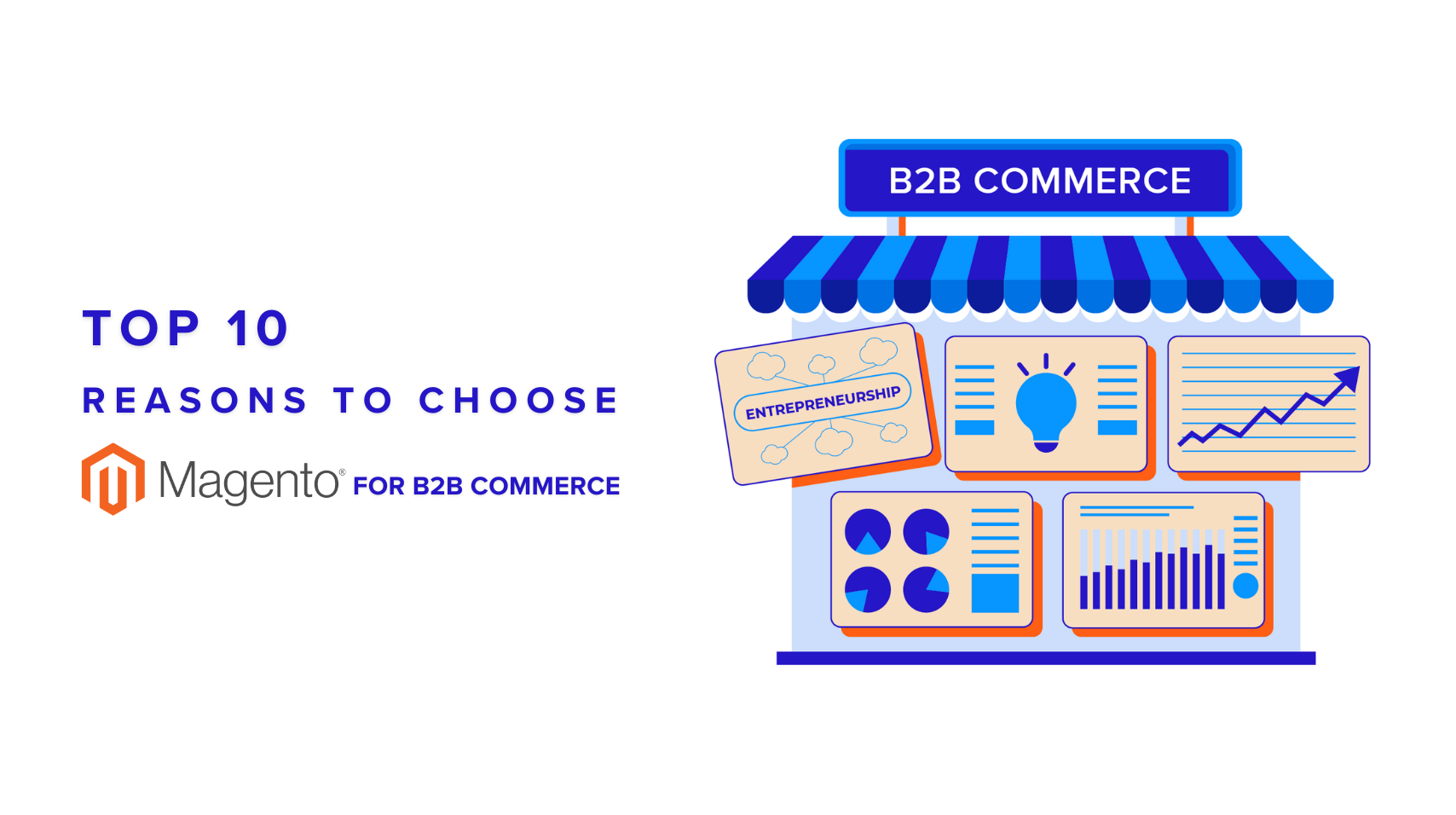
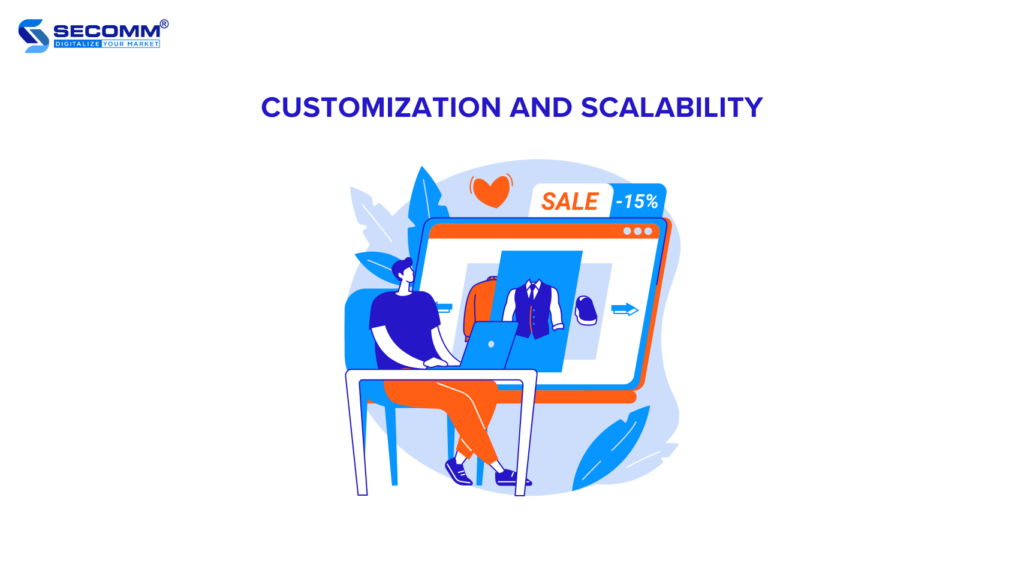
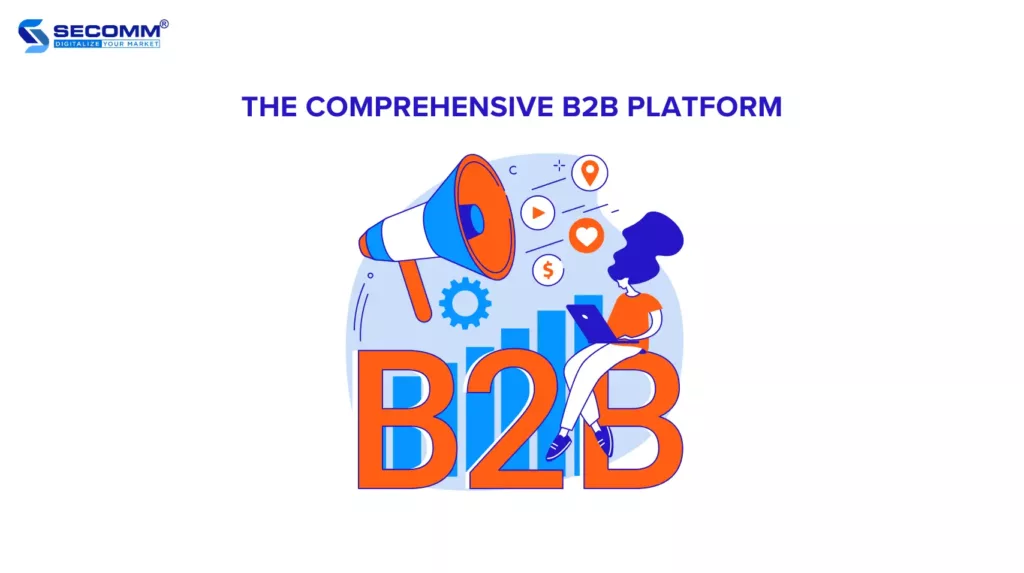
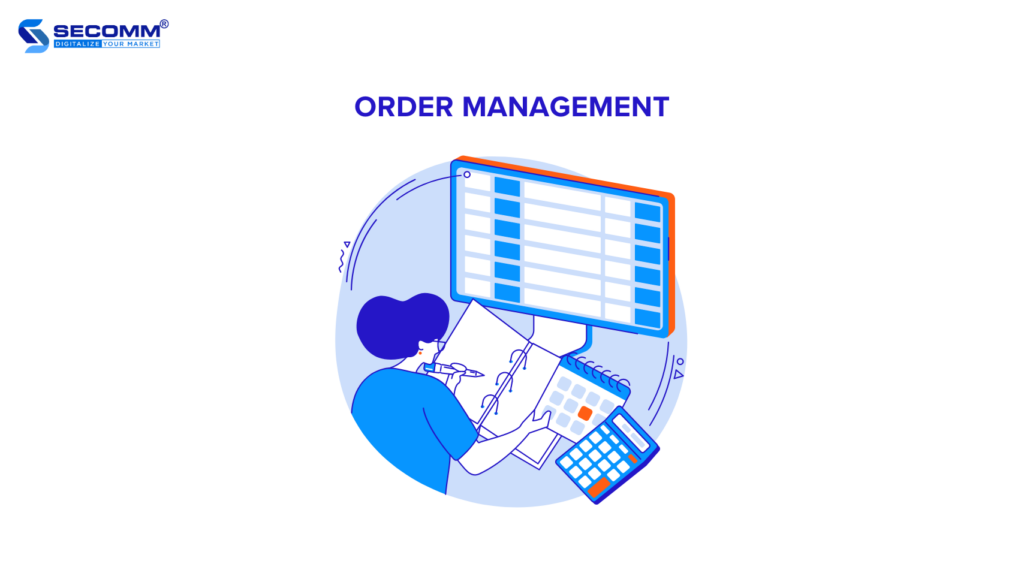
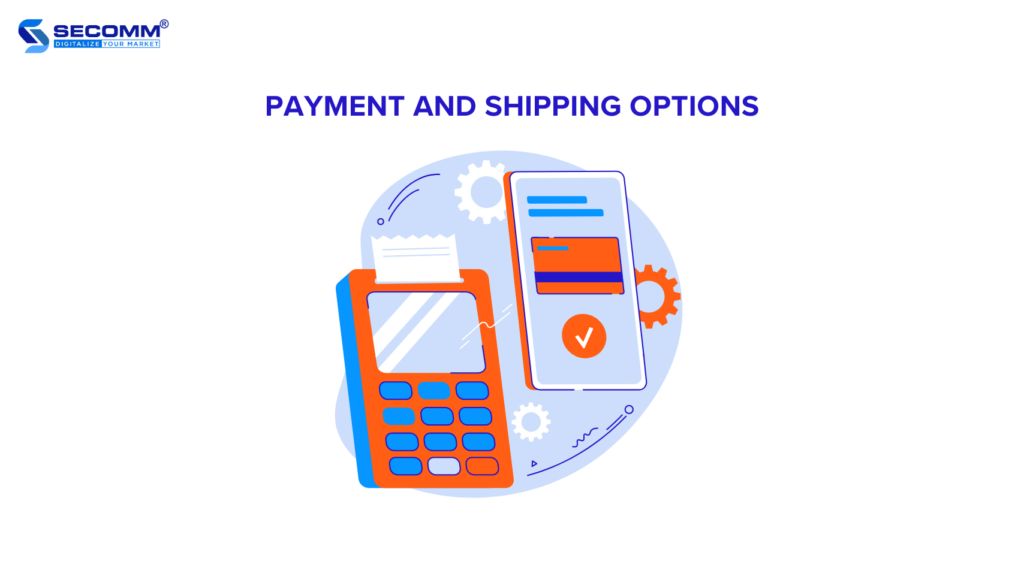
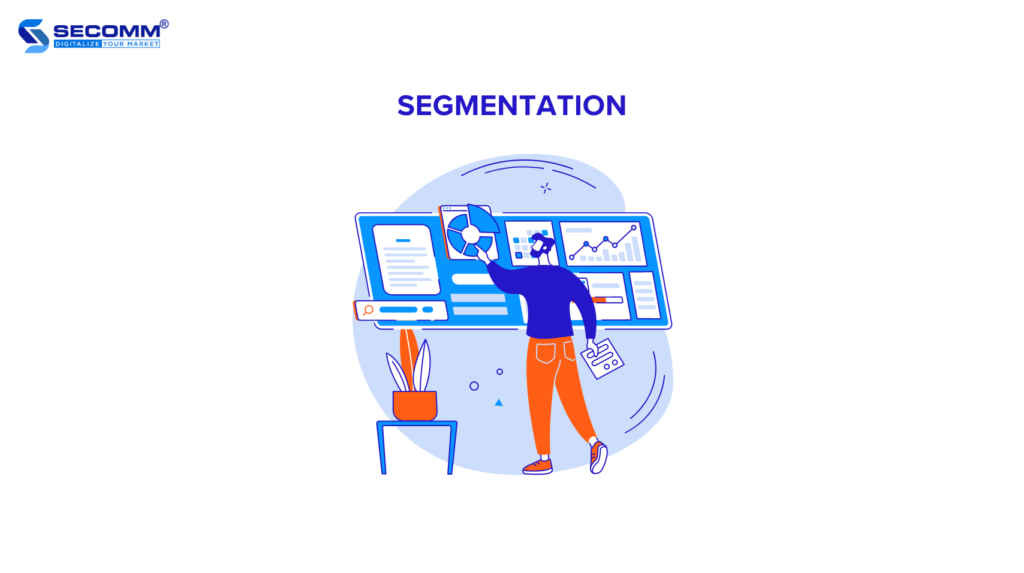
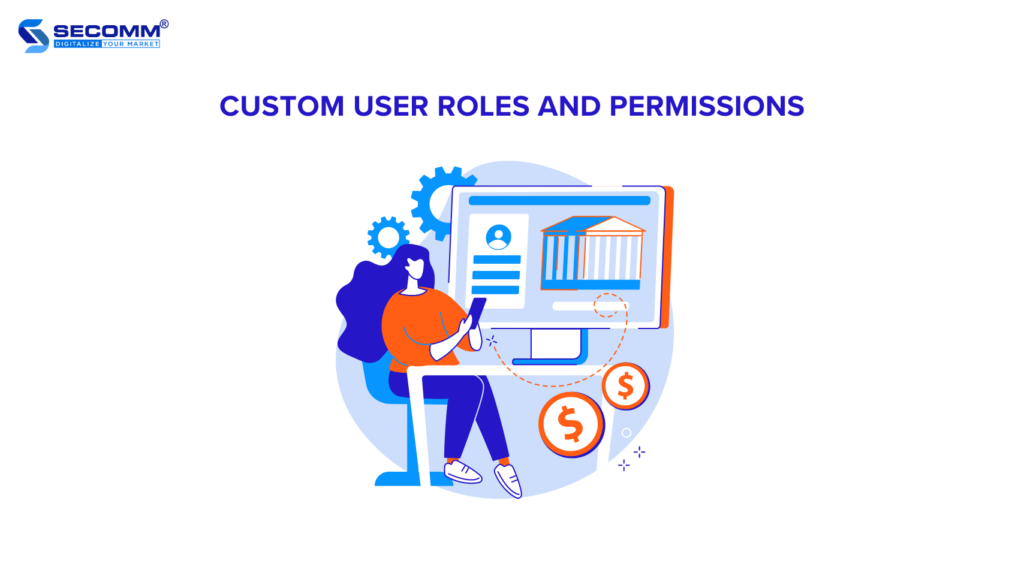
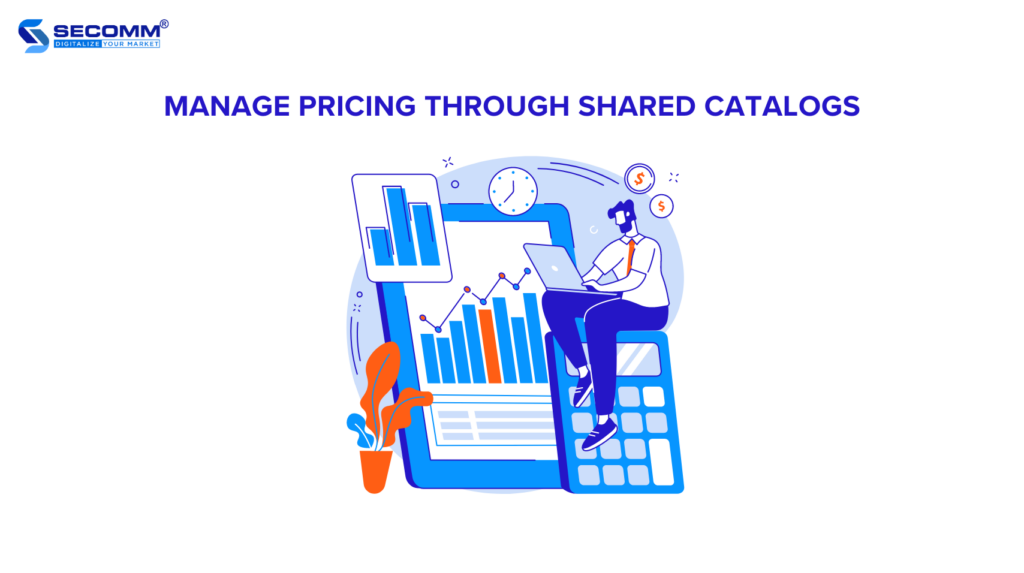
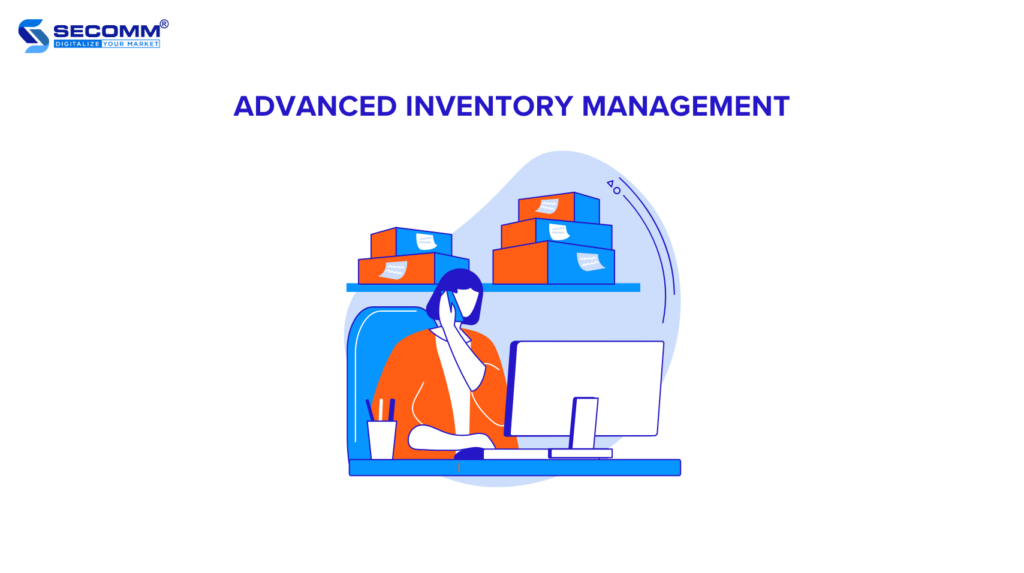

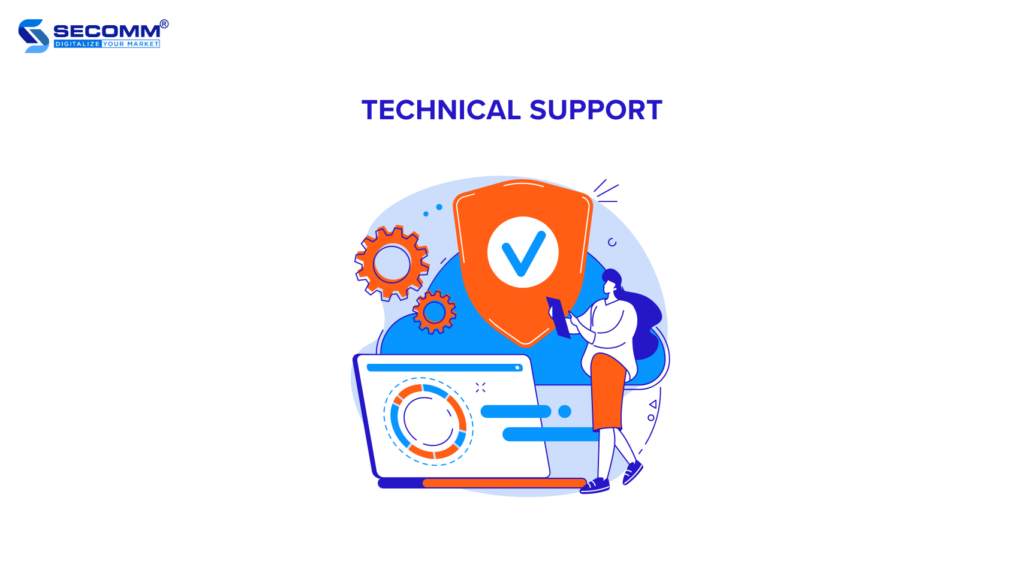
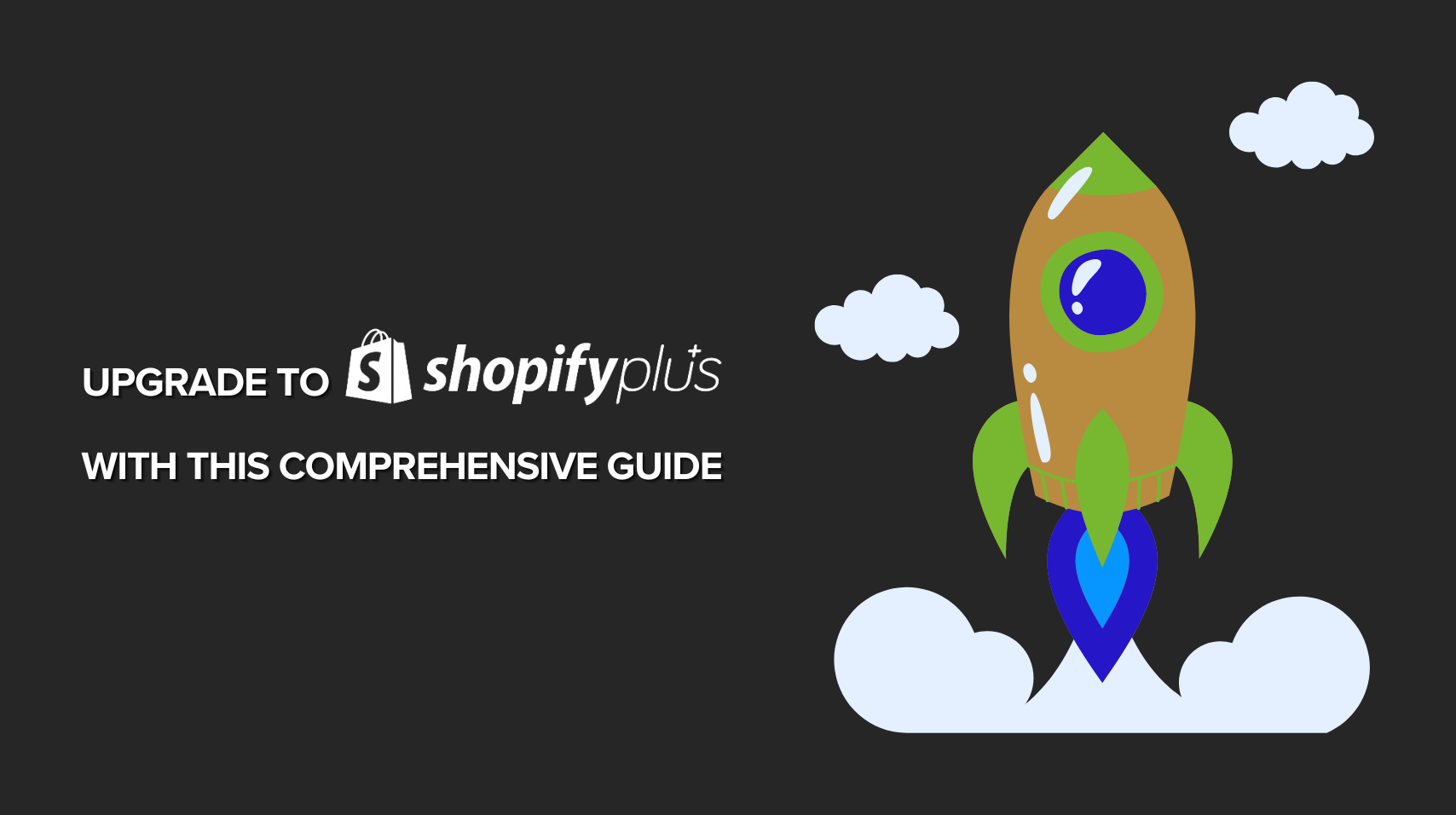
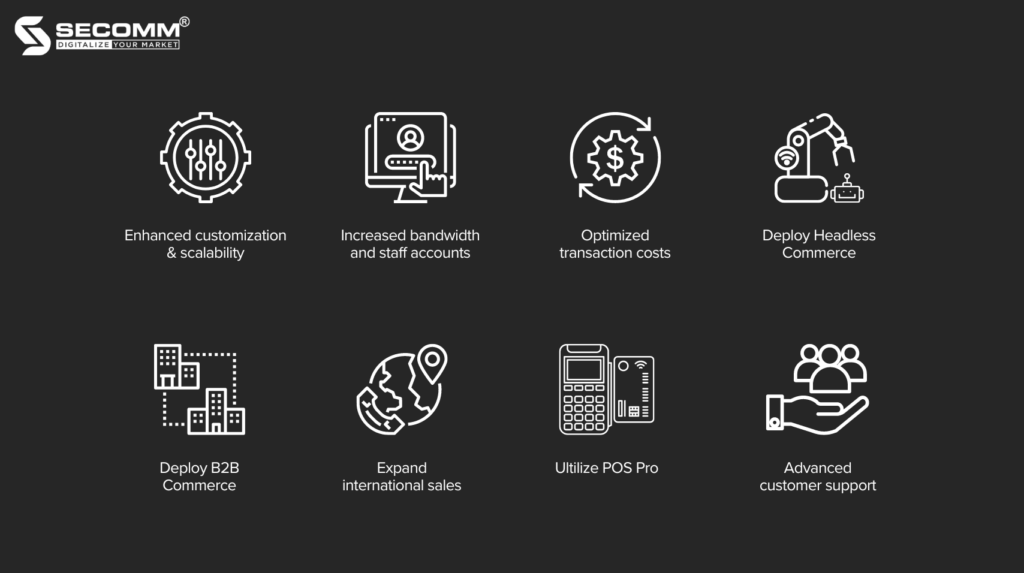
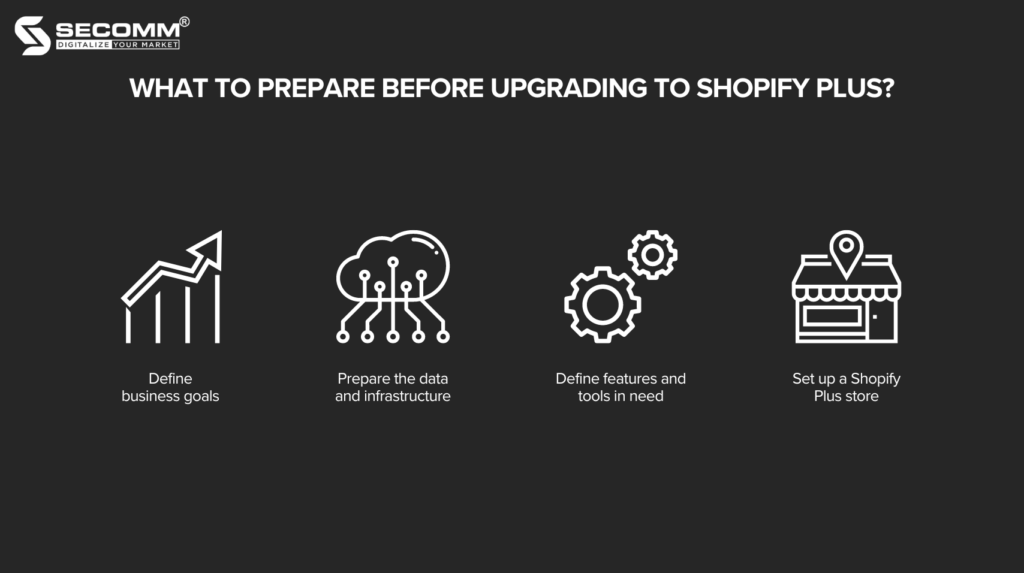
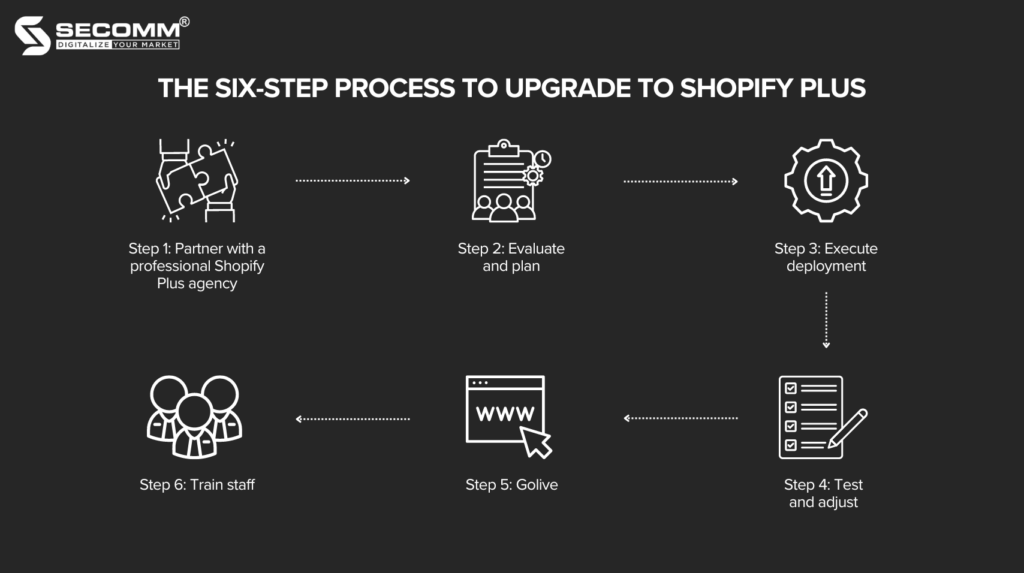
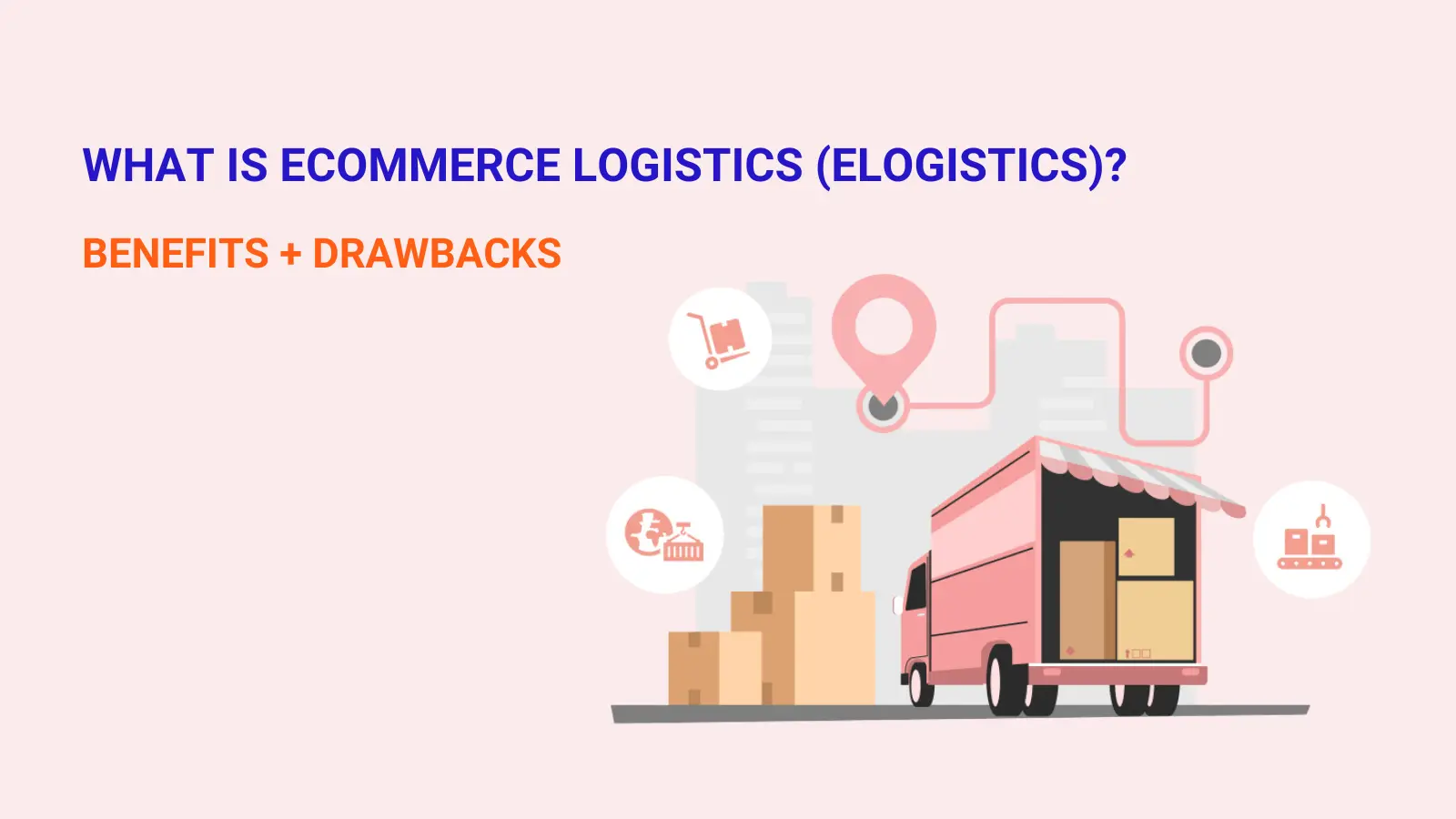
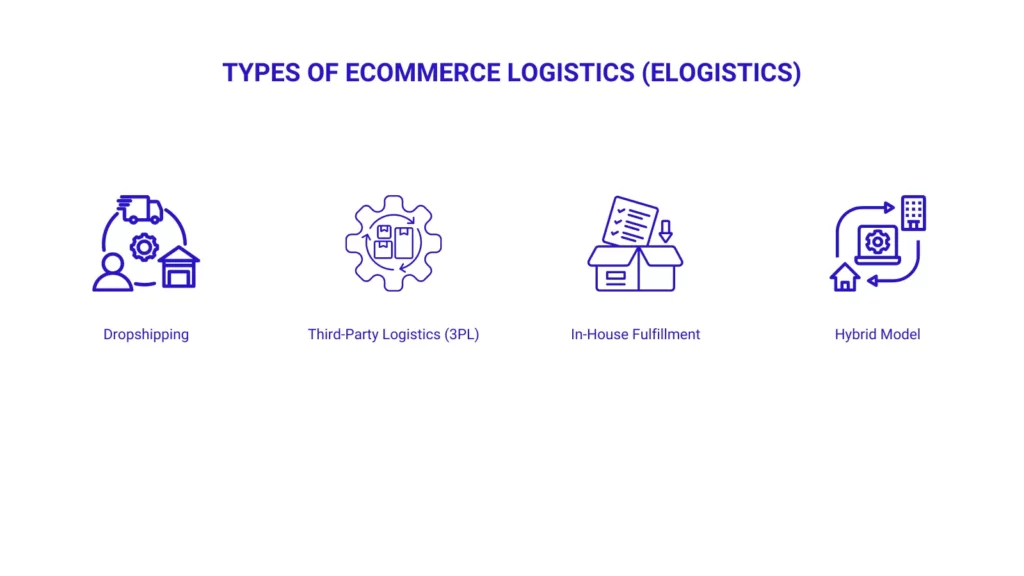




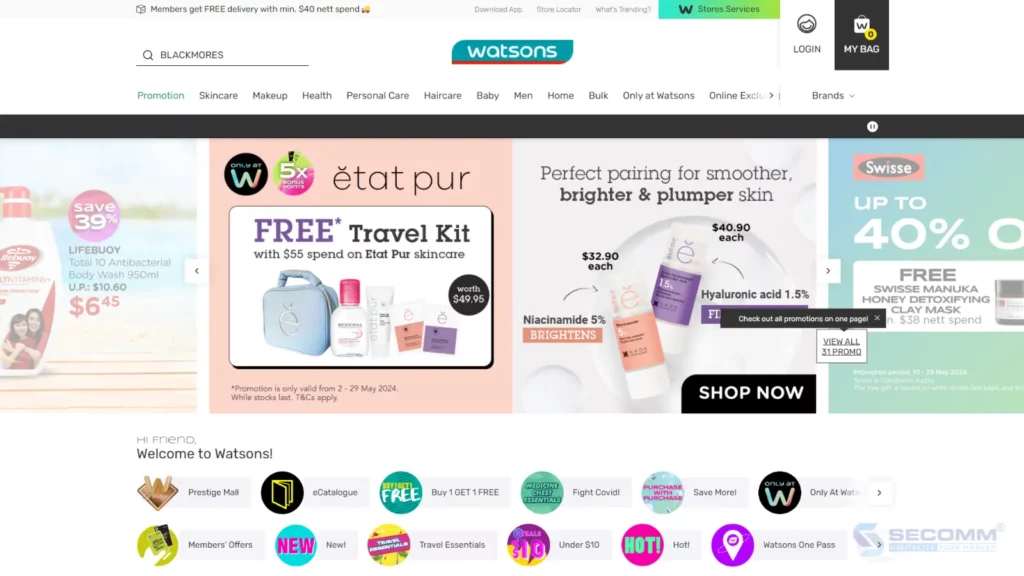
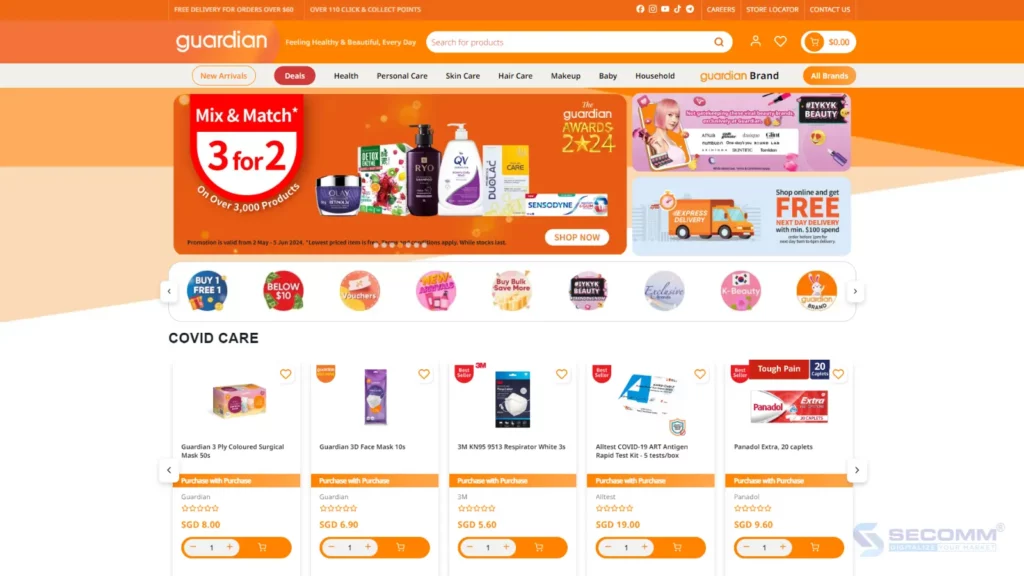
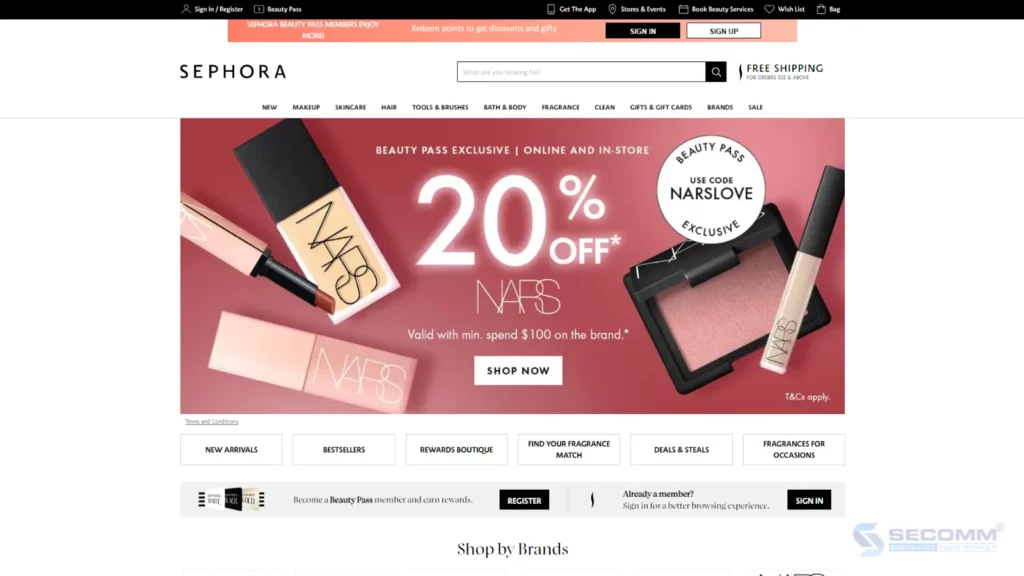
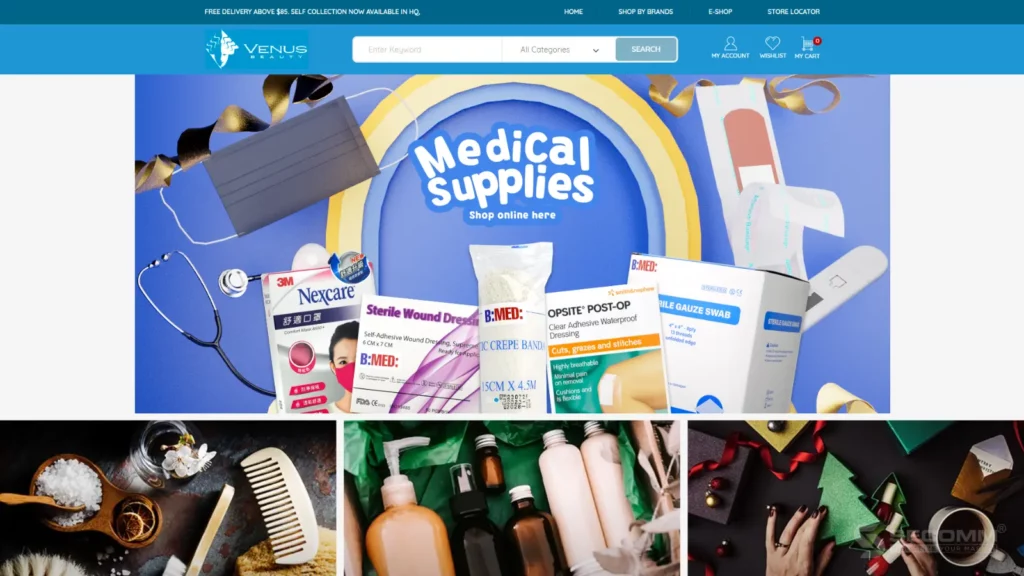
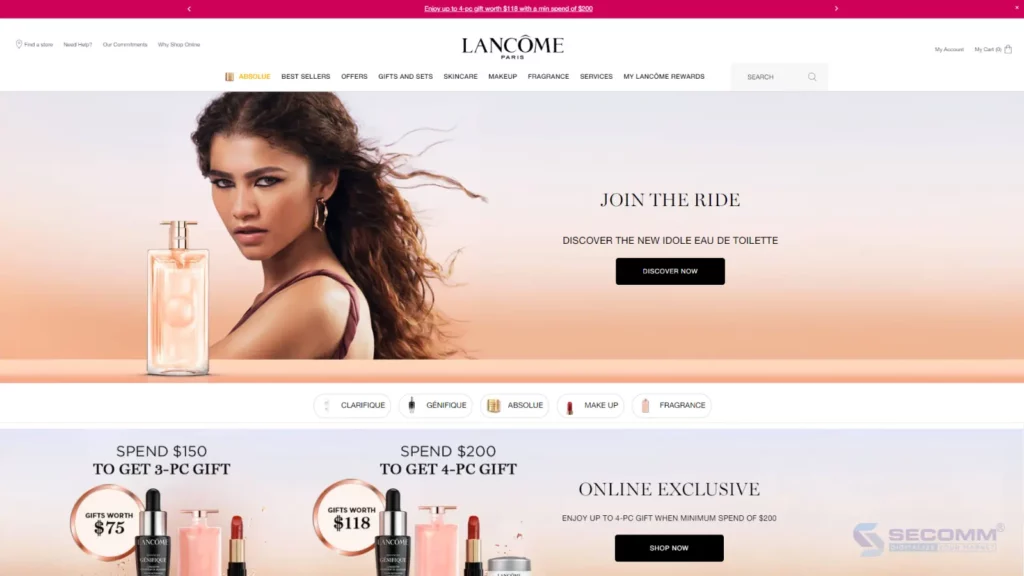
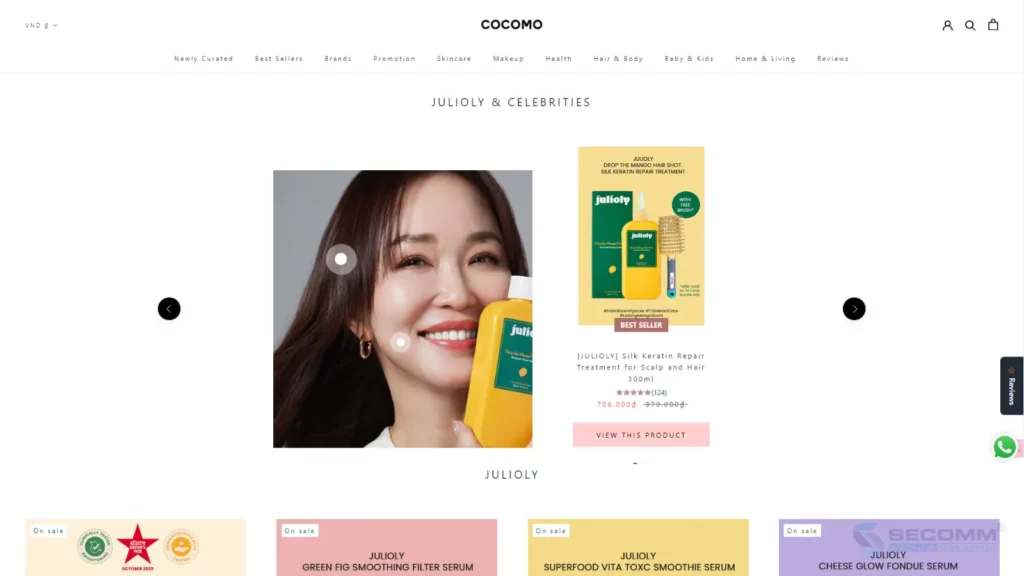
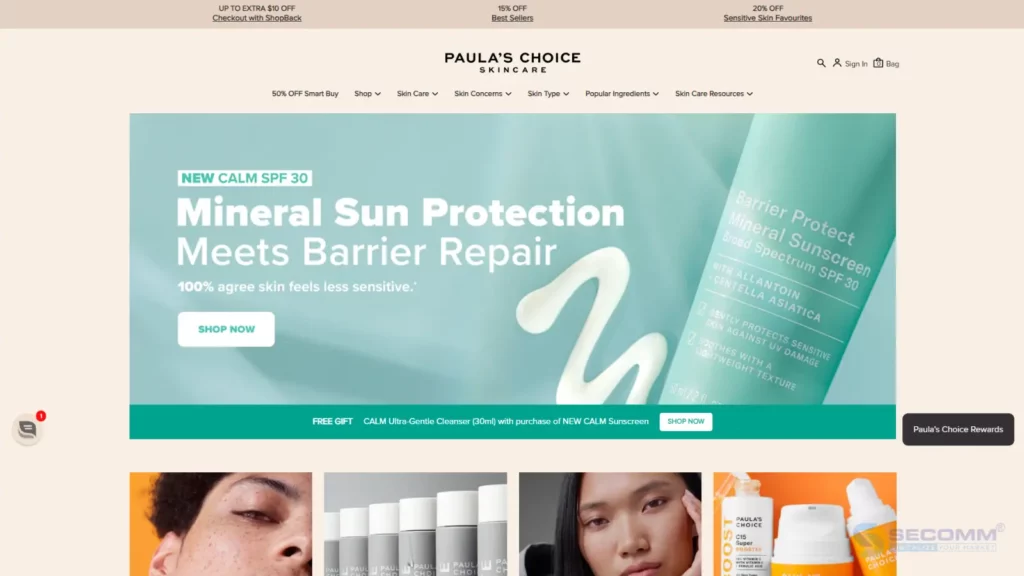
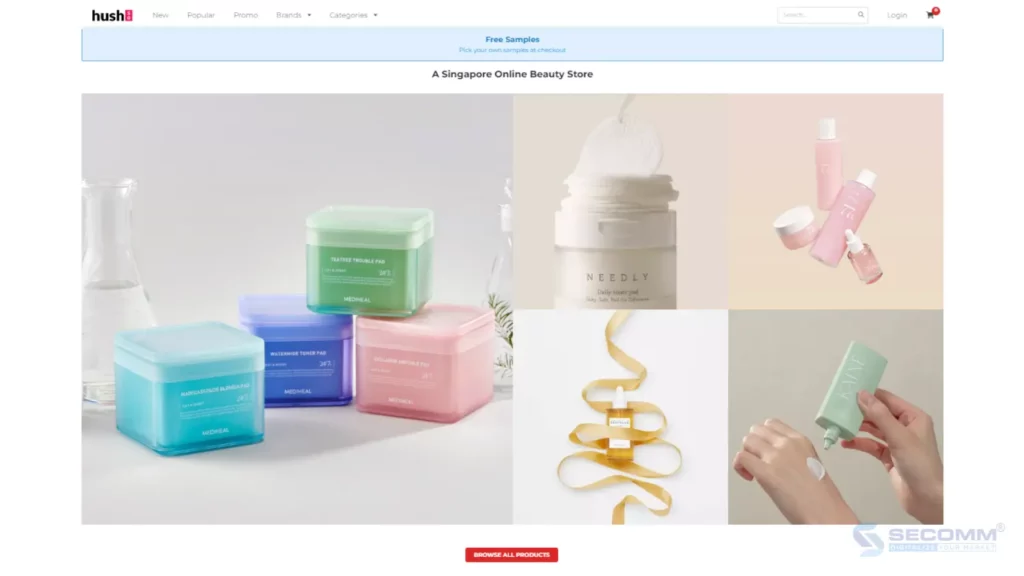


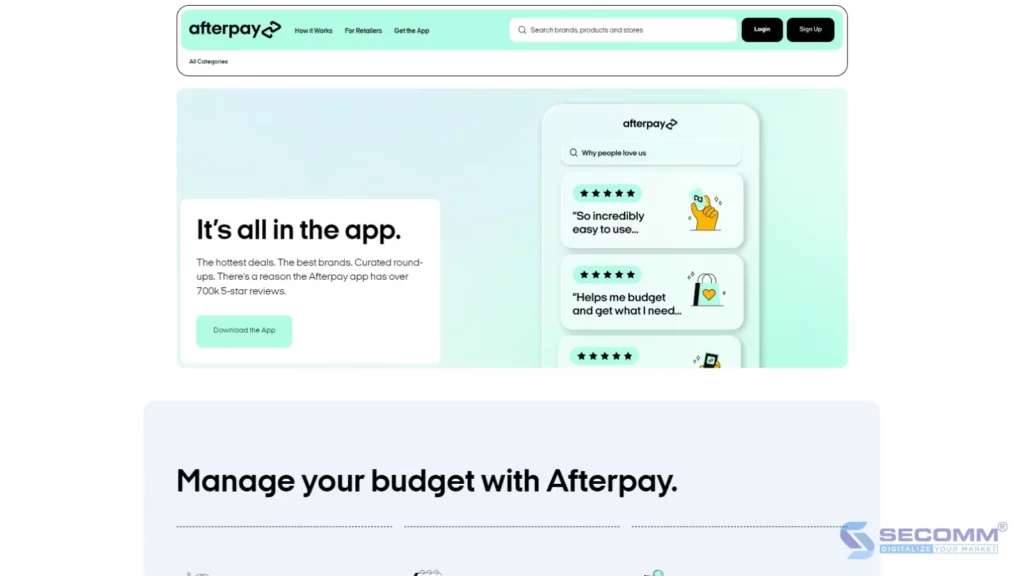
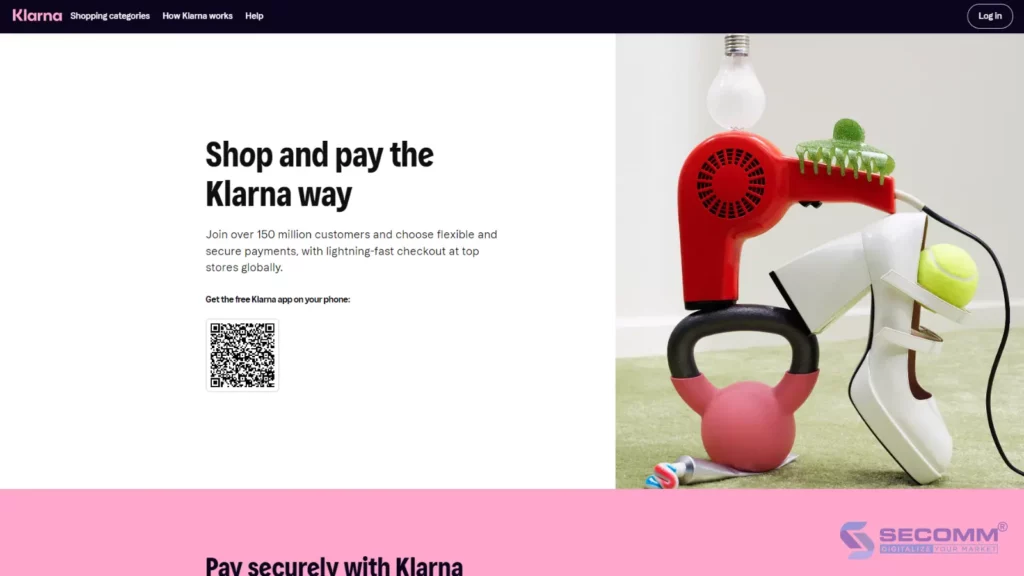
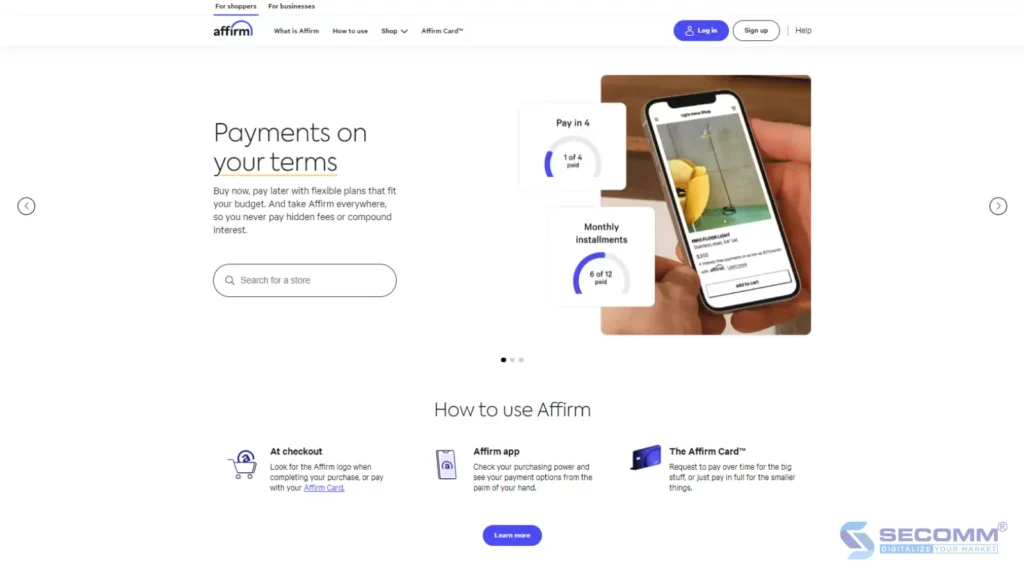
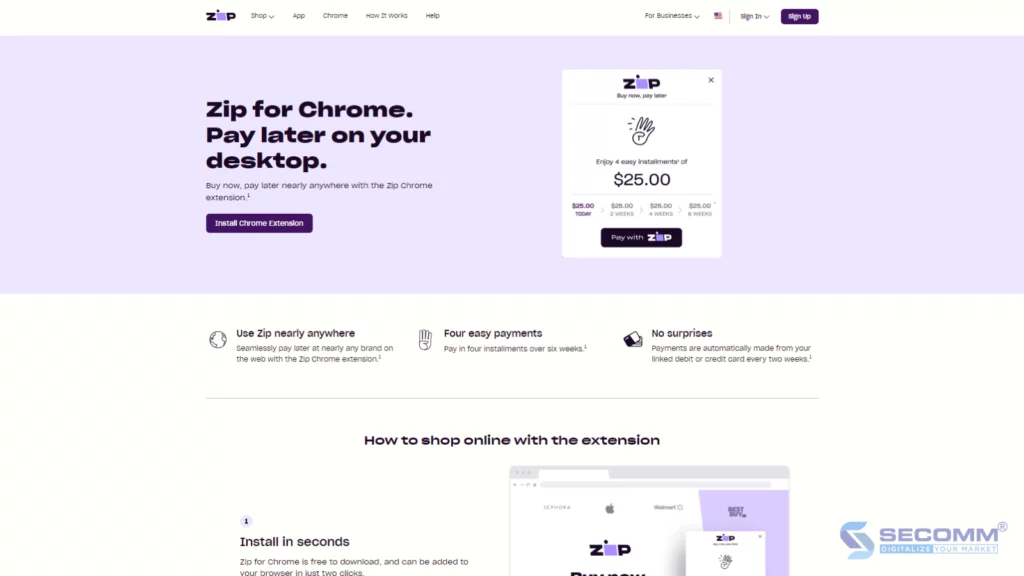
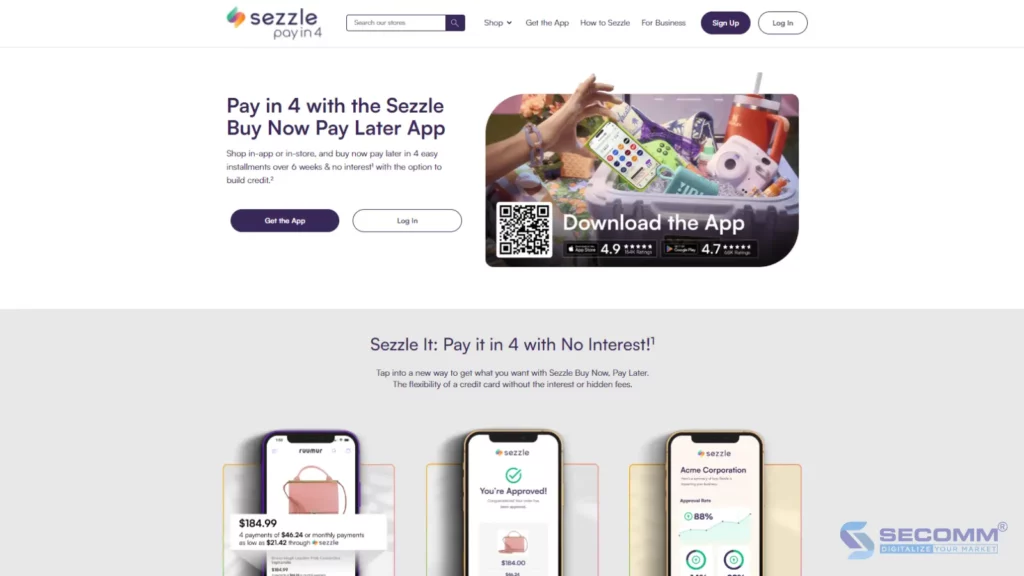
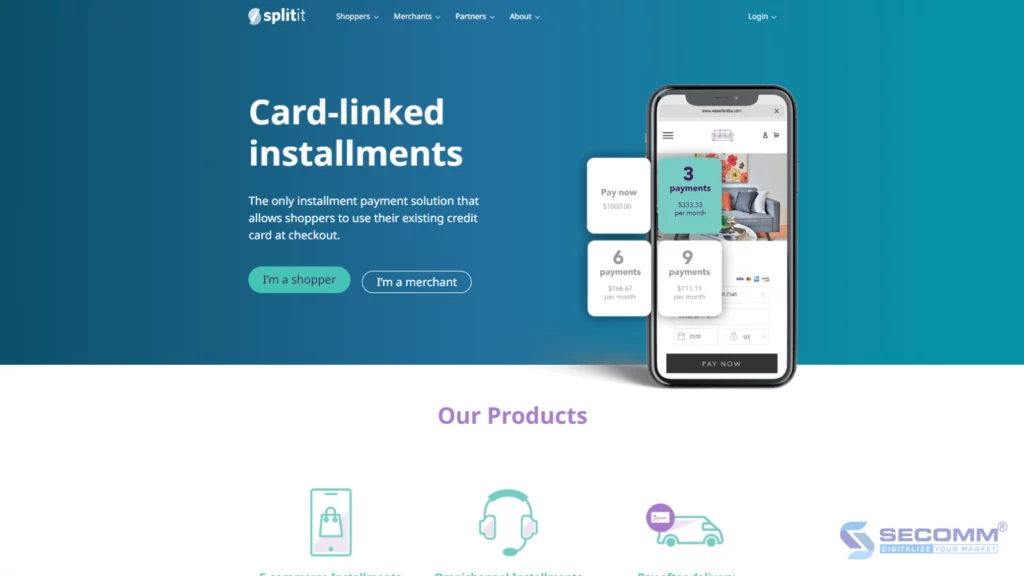
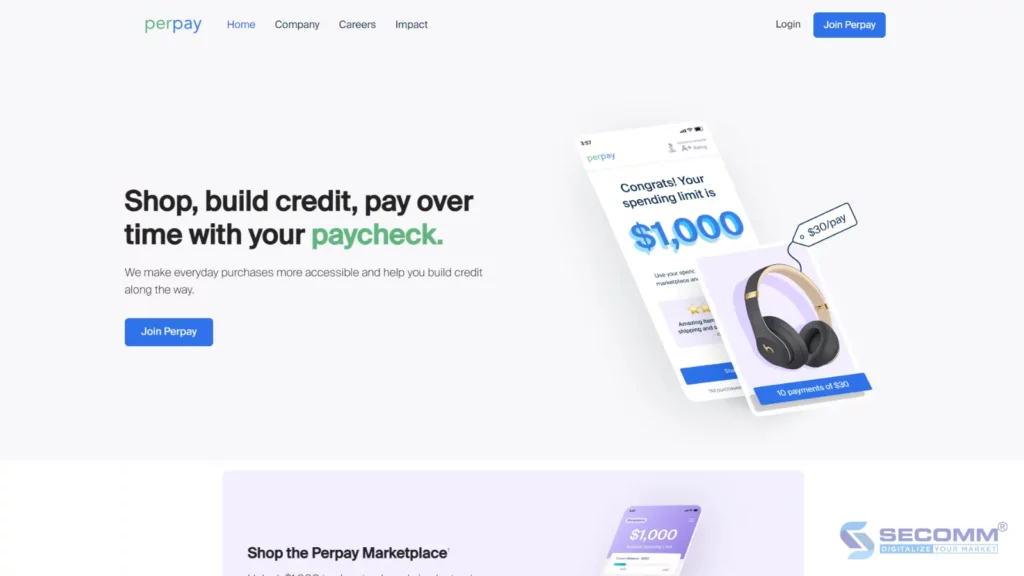
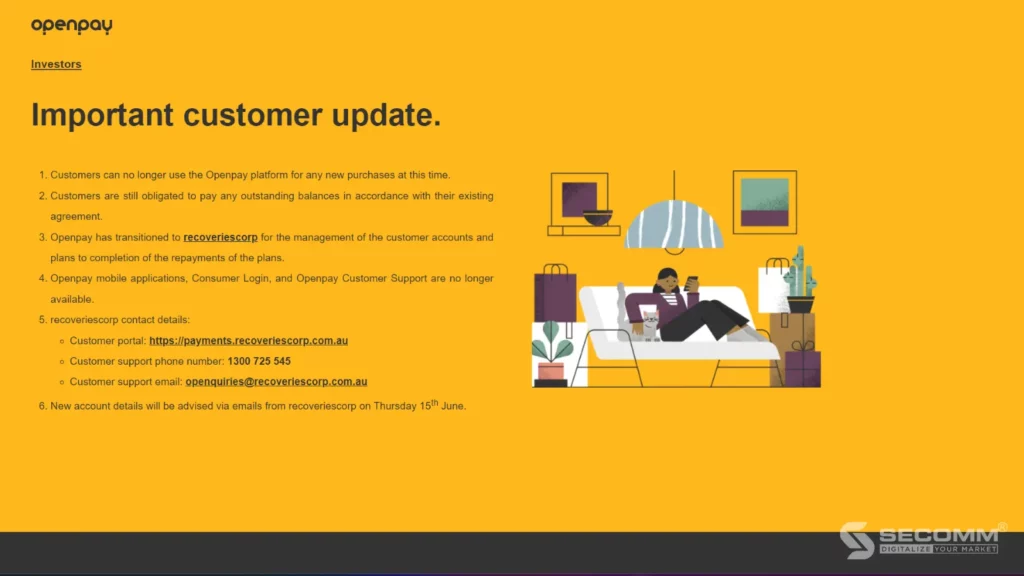
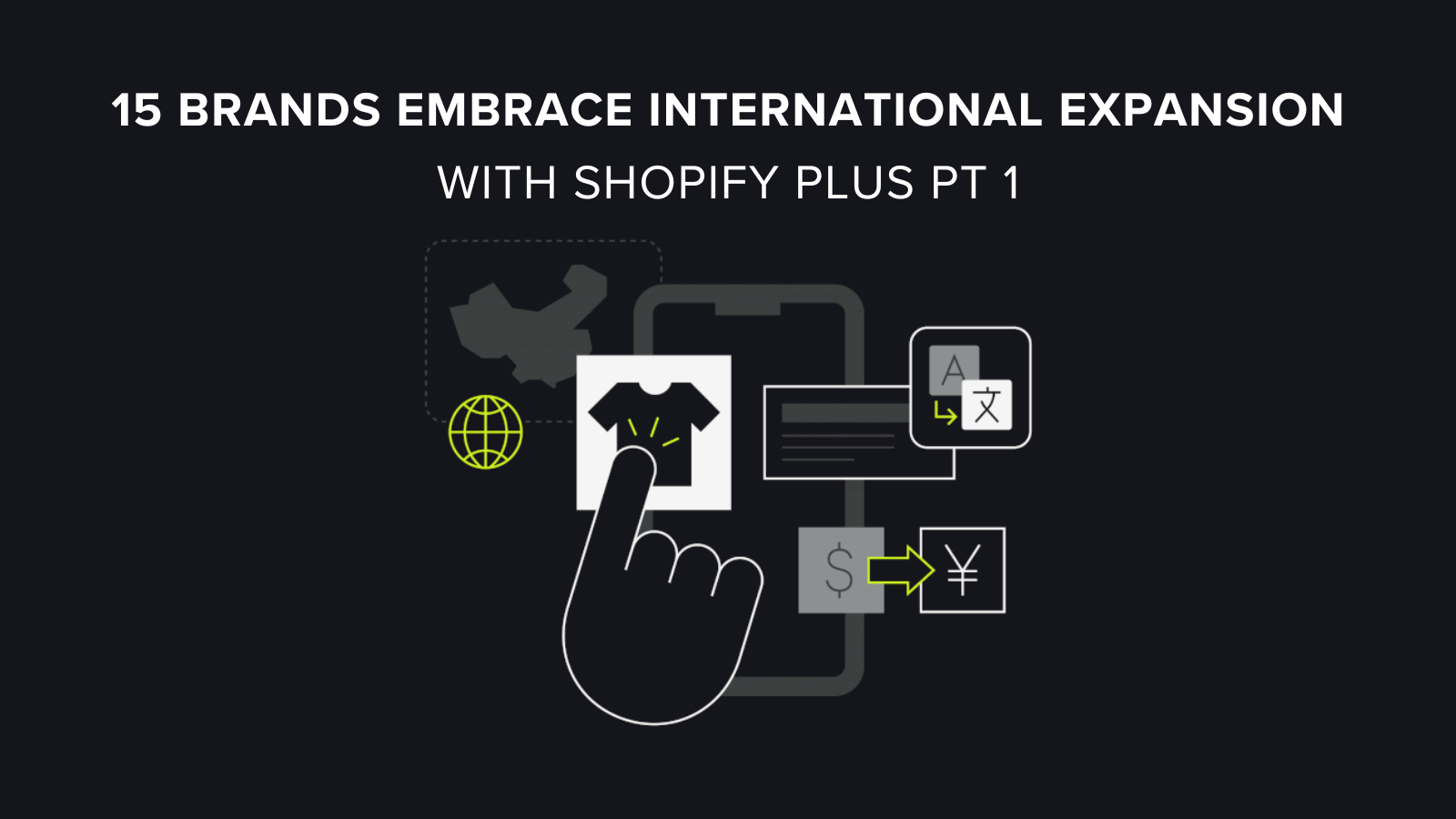
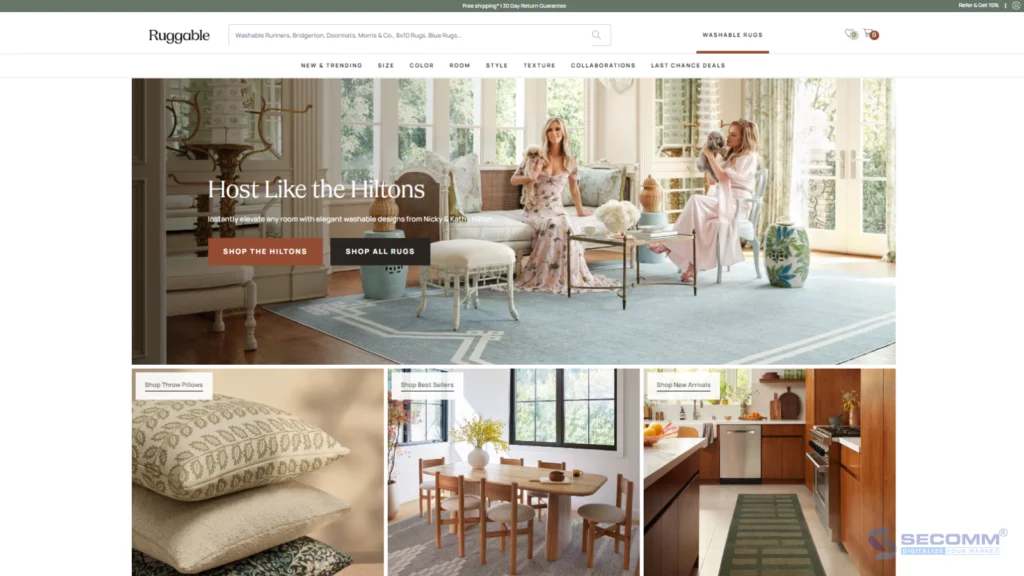
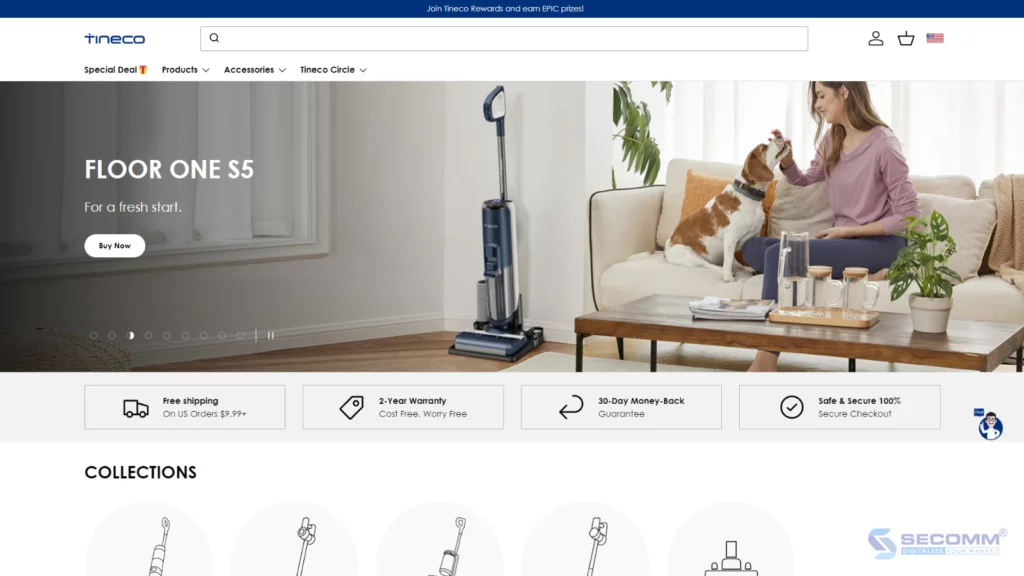
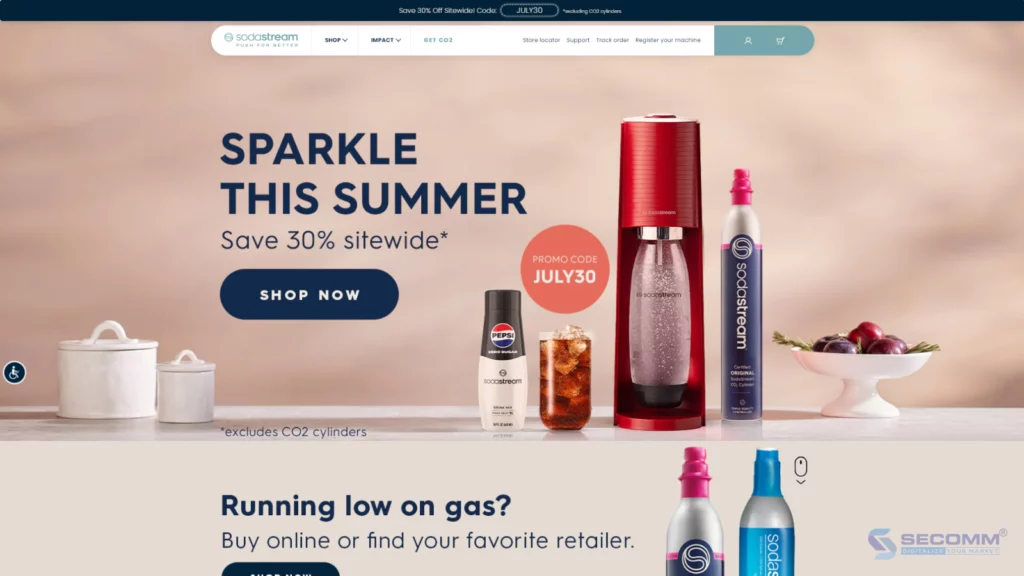
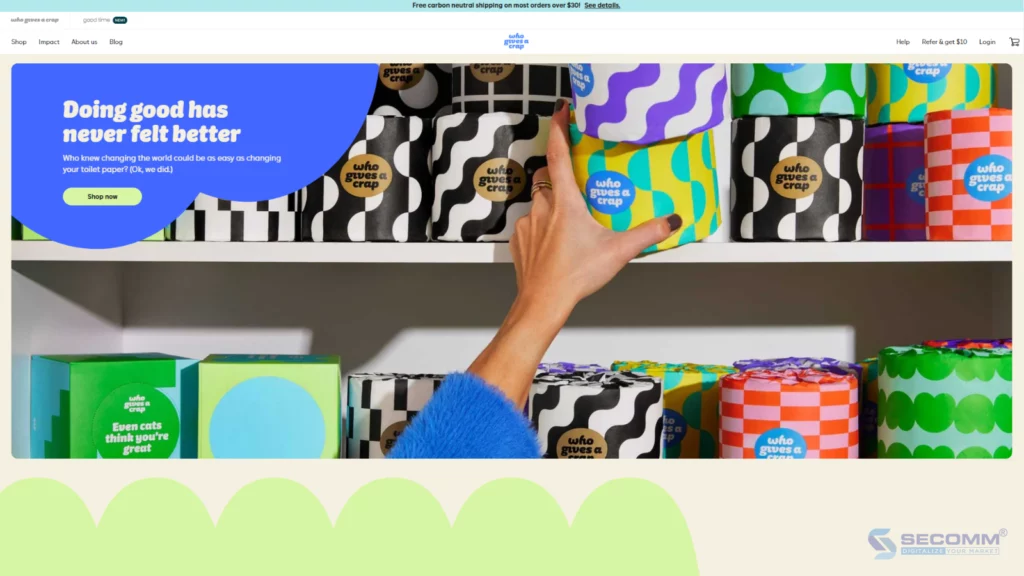
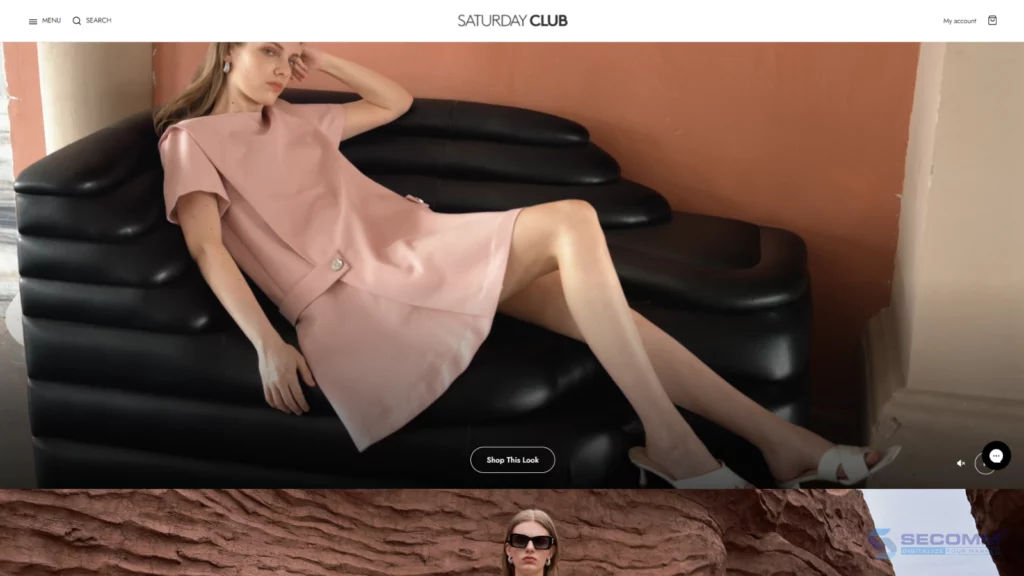
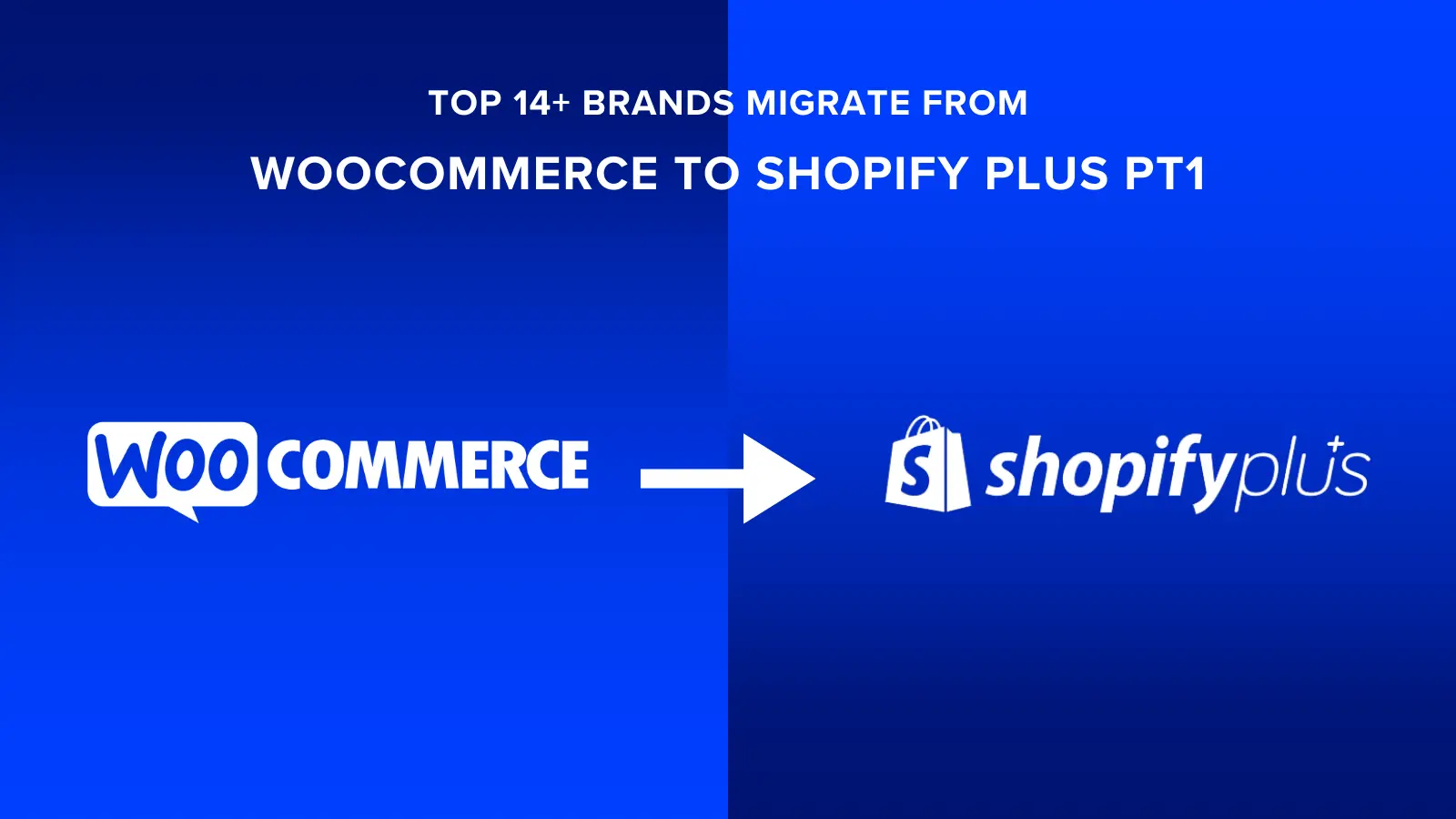
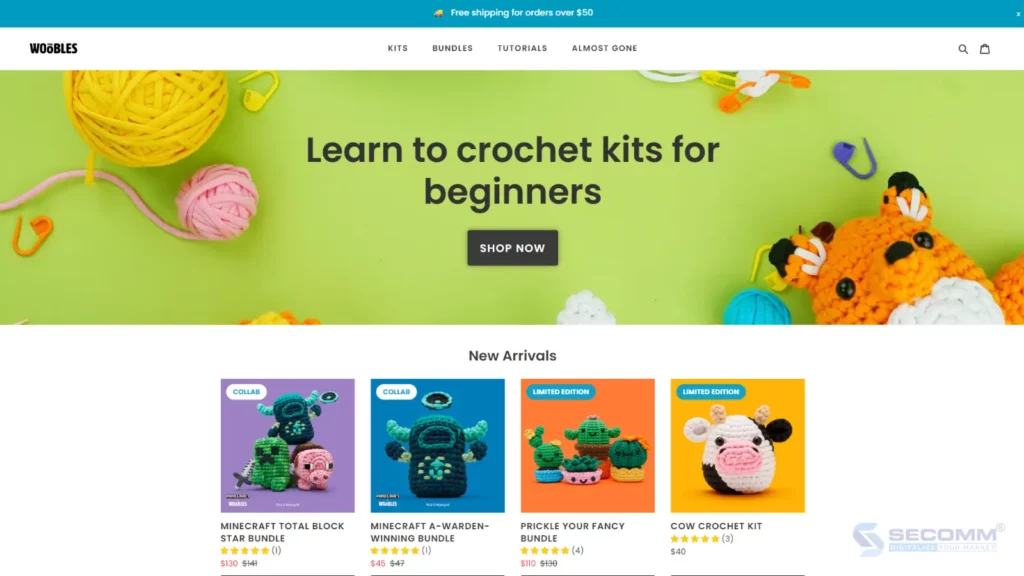
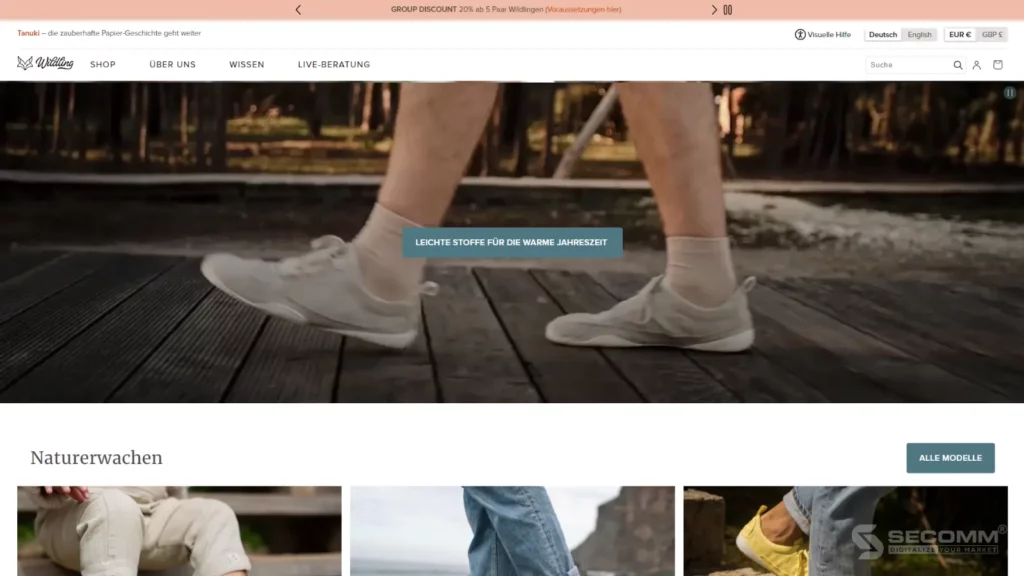
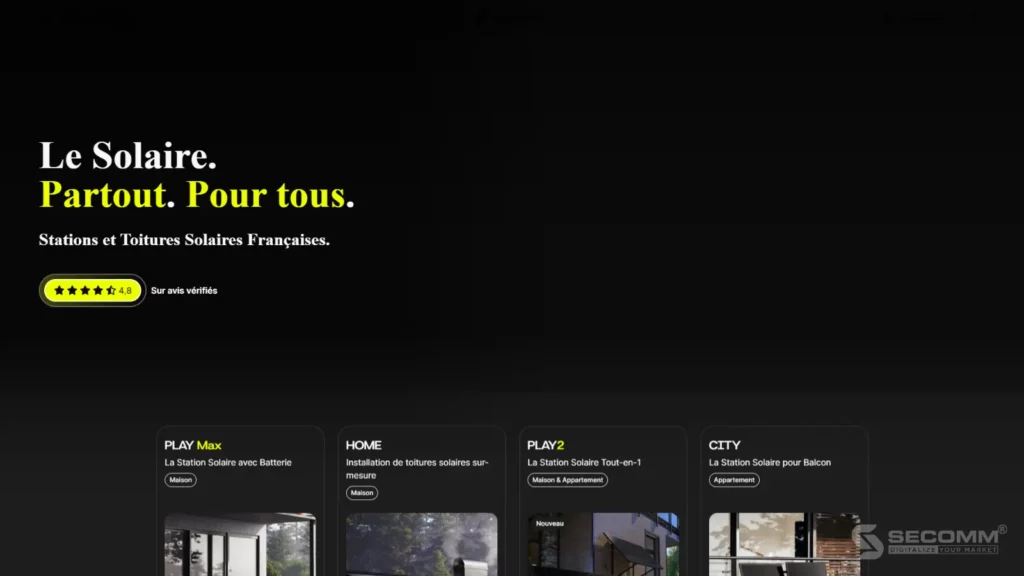
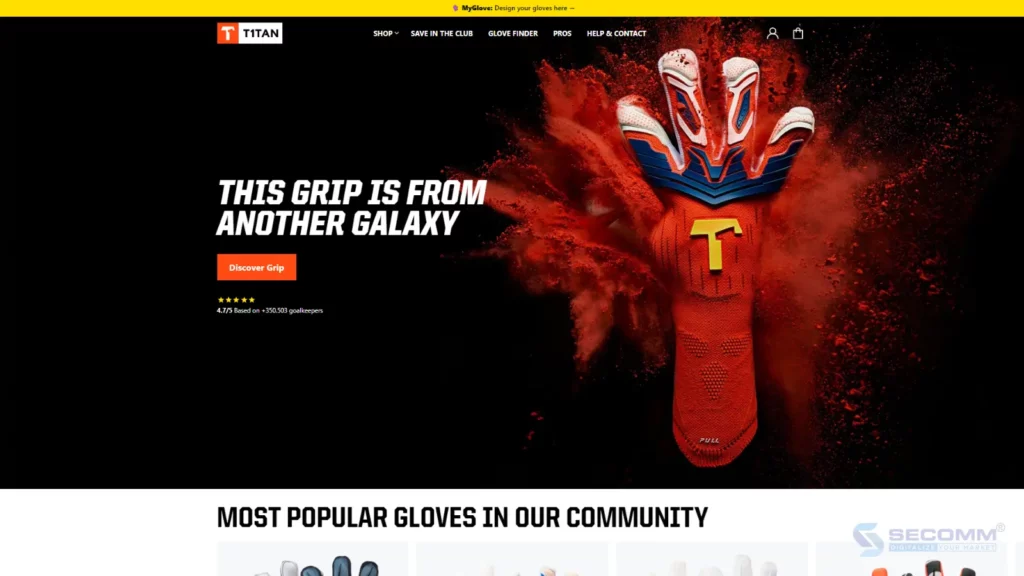
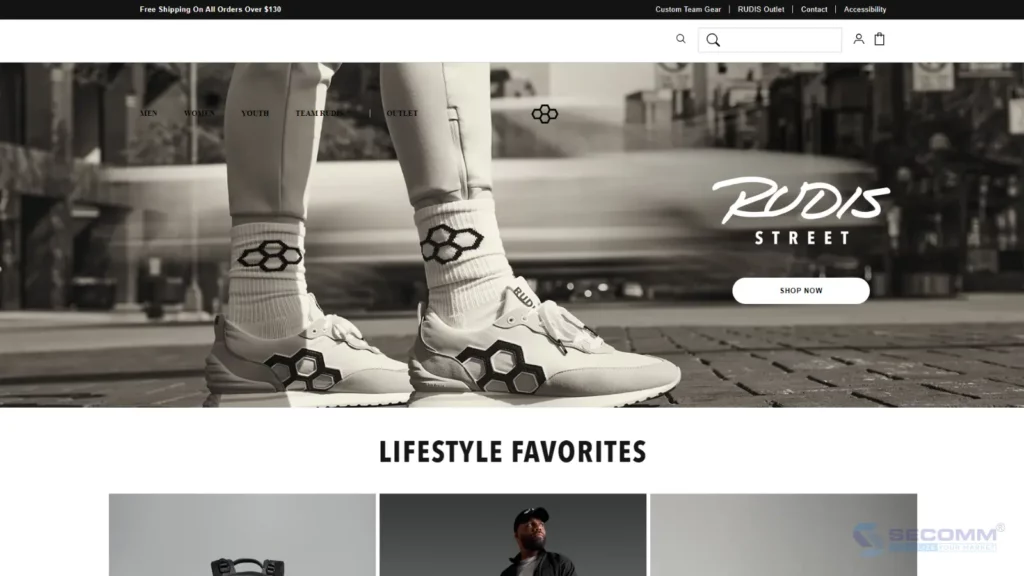




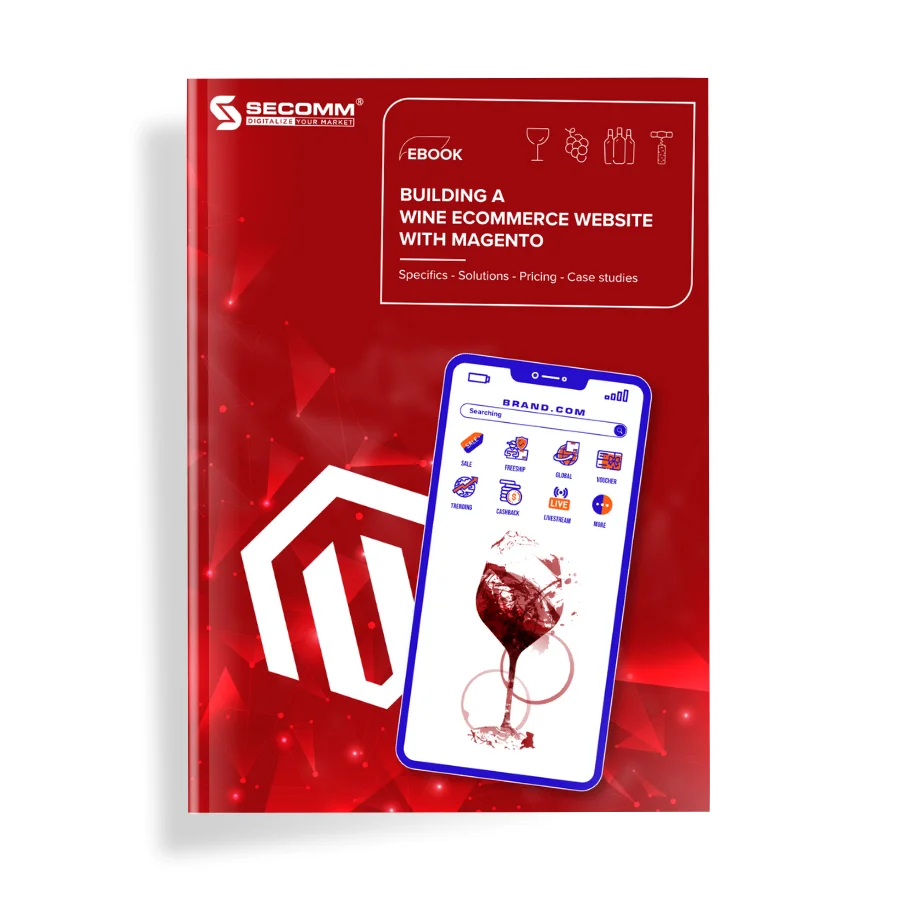
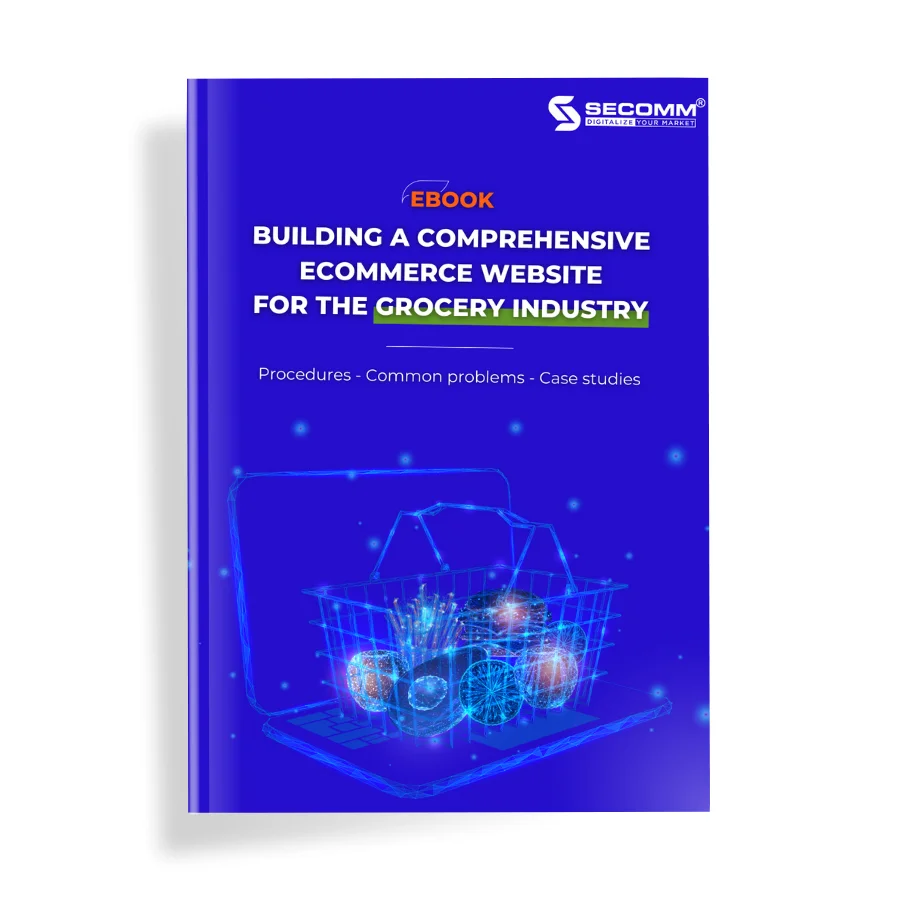
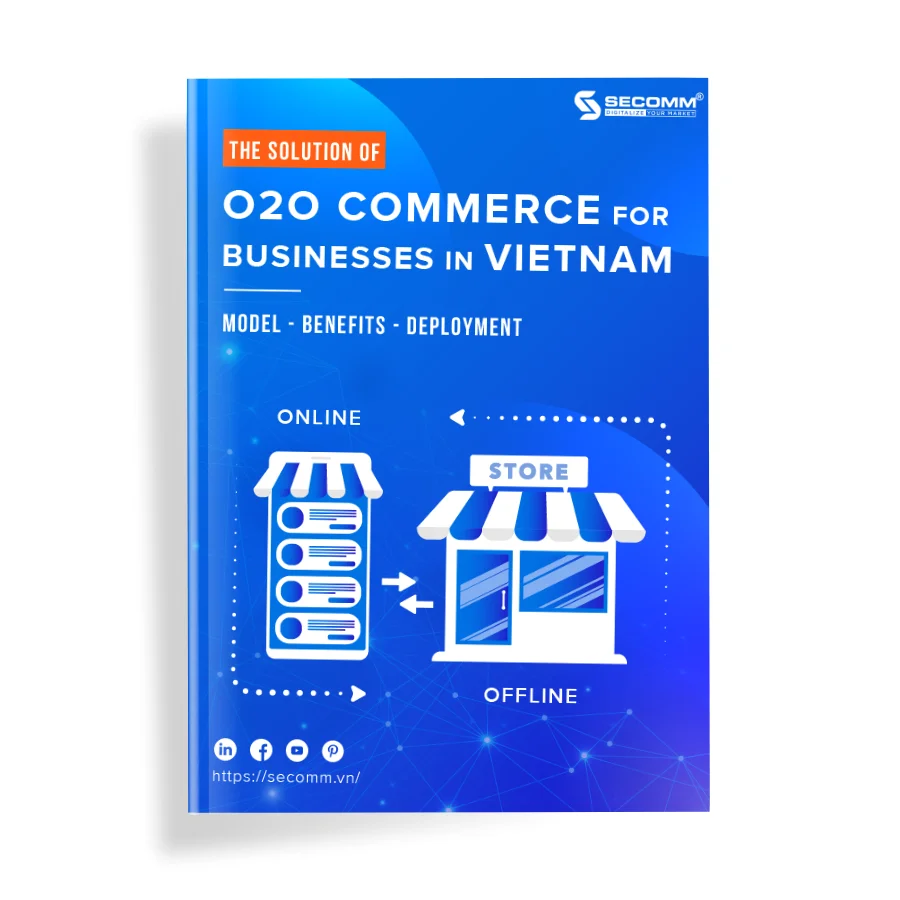
Comment (0)